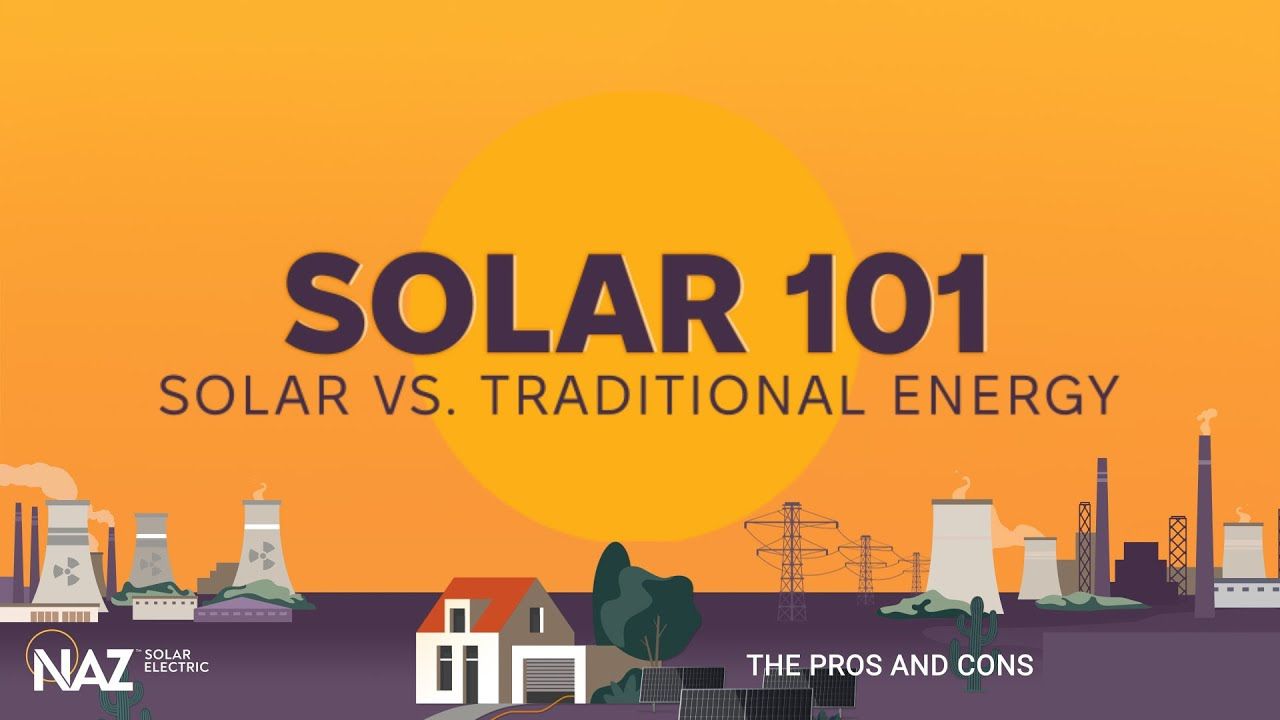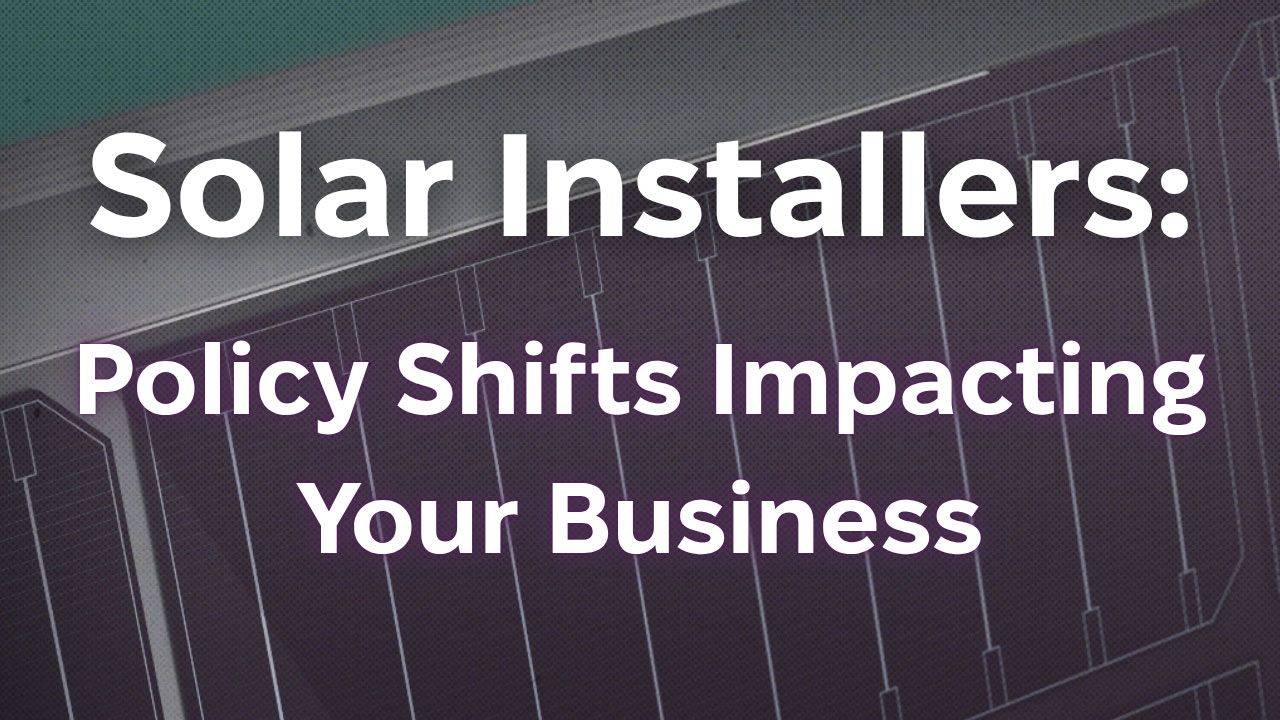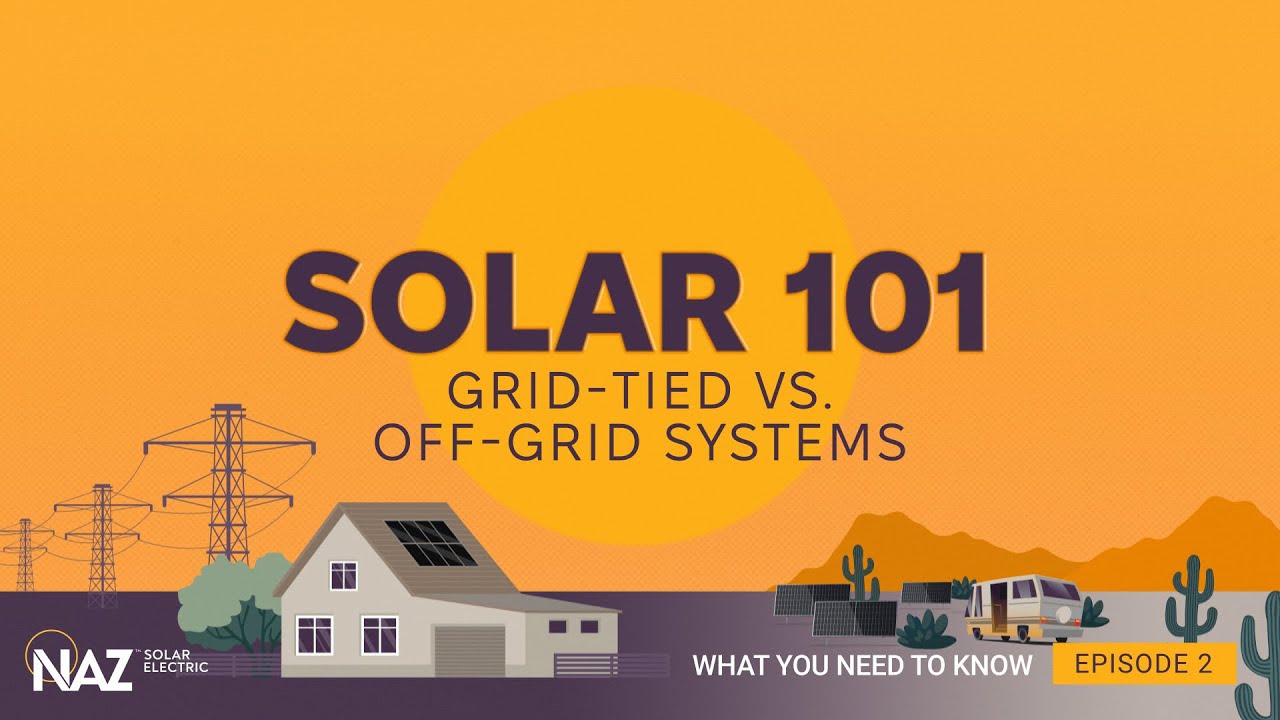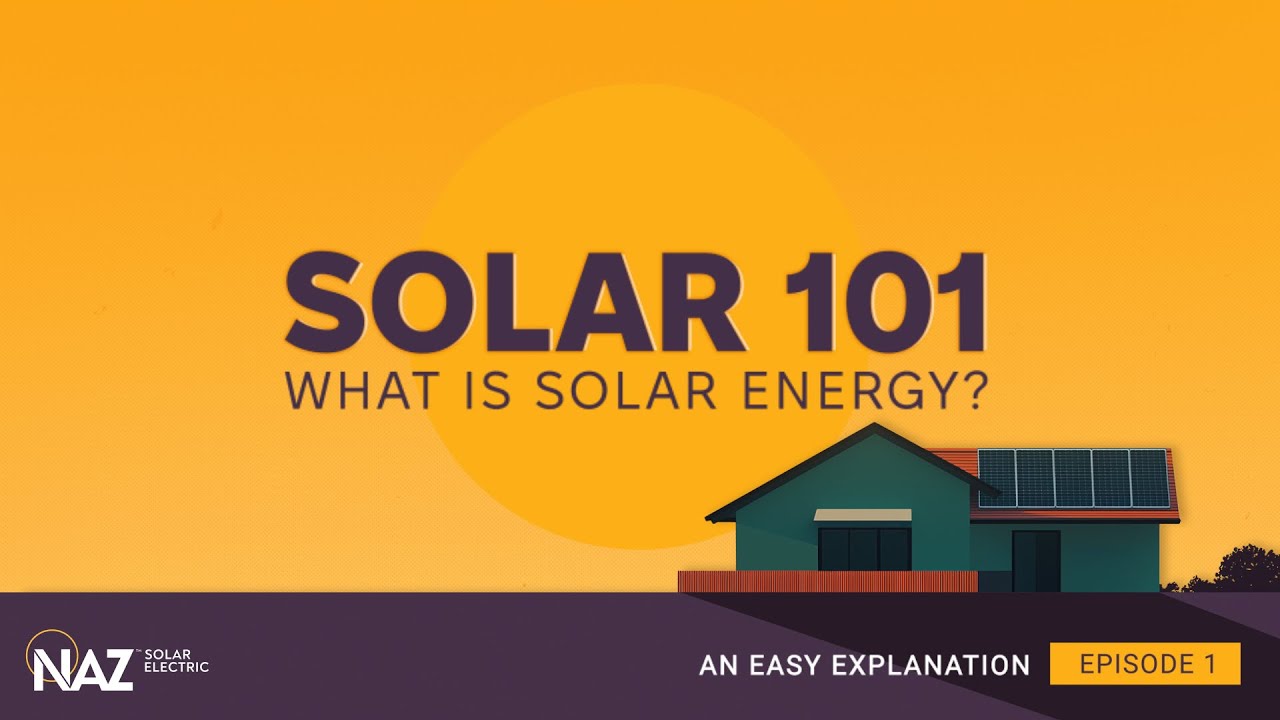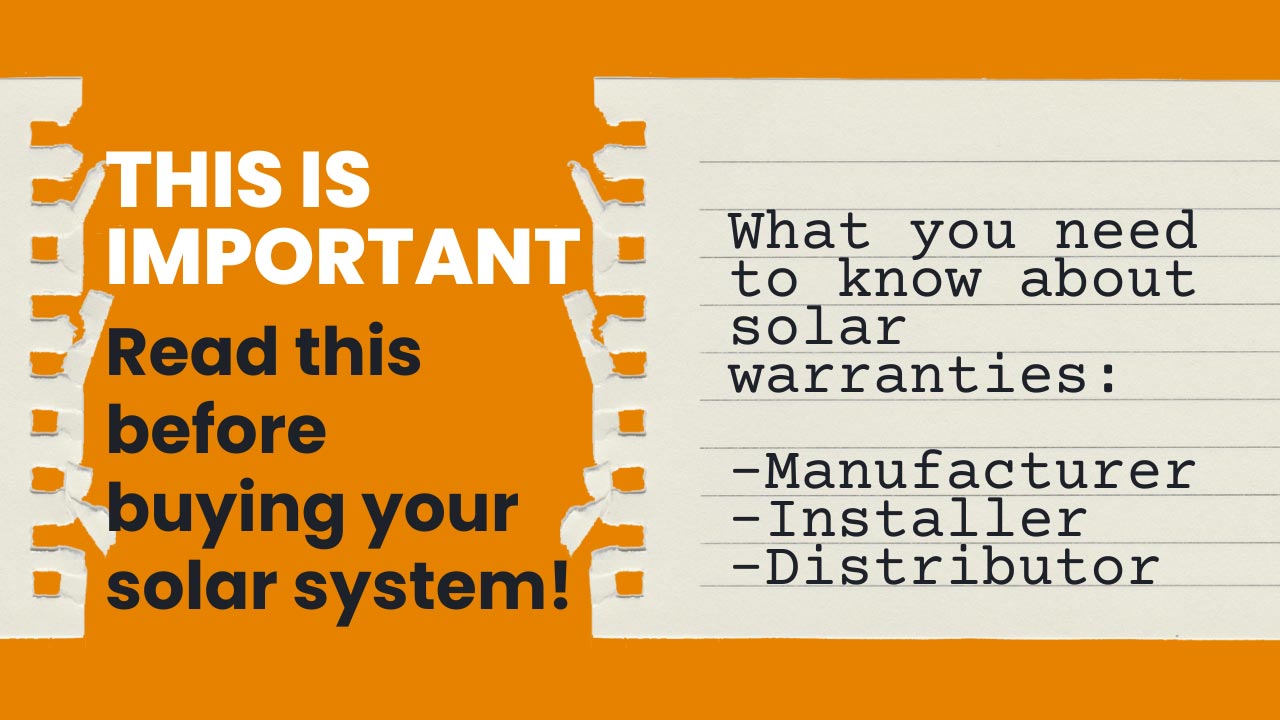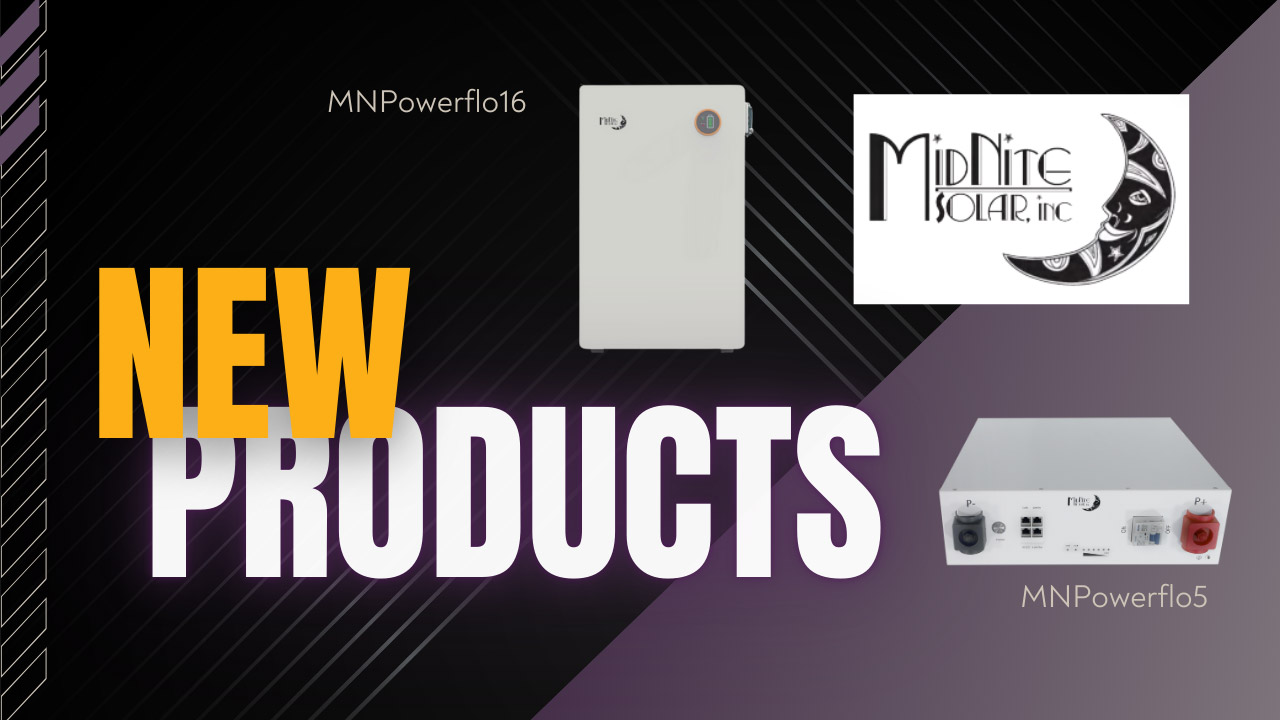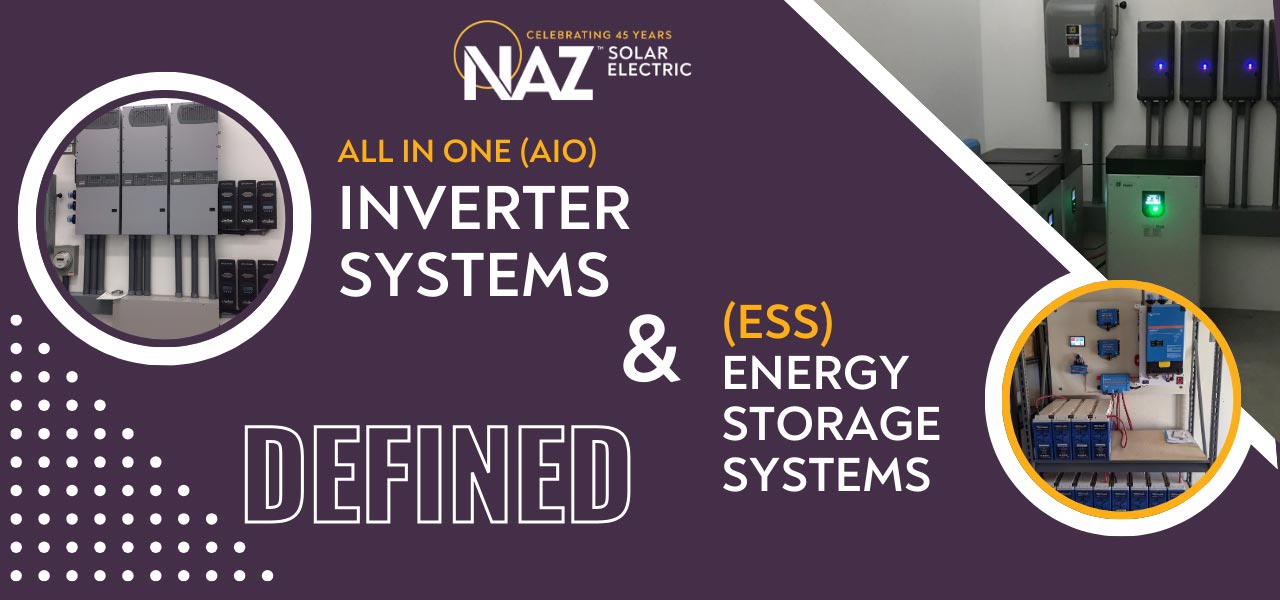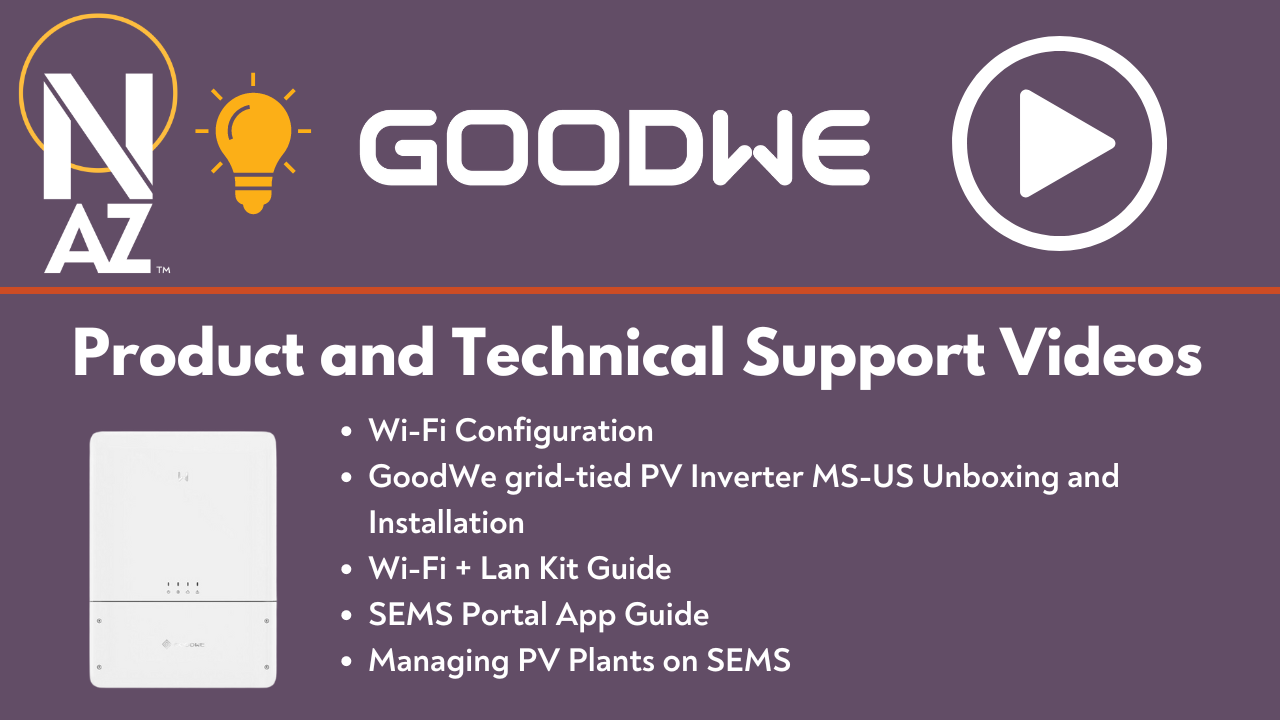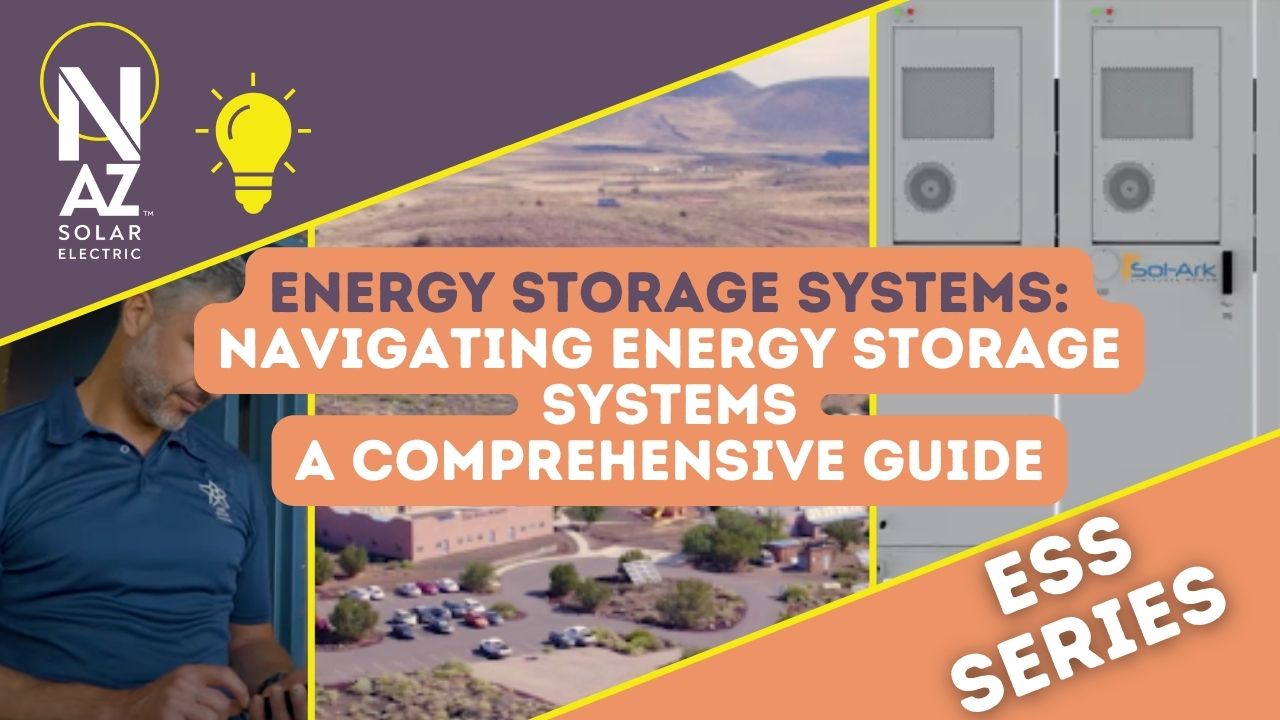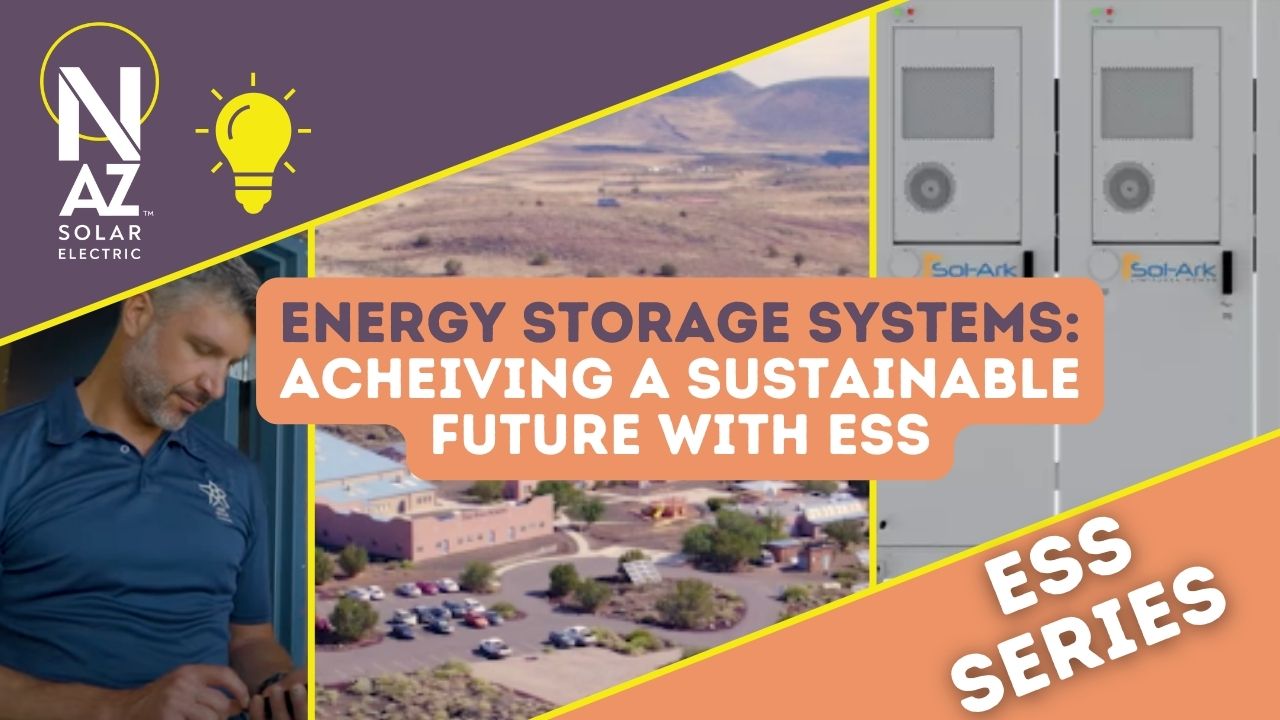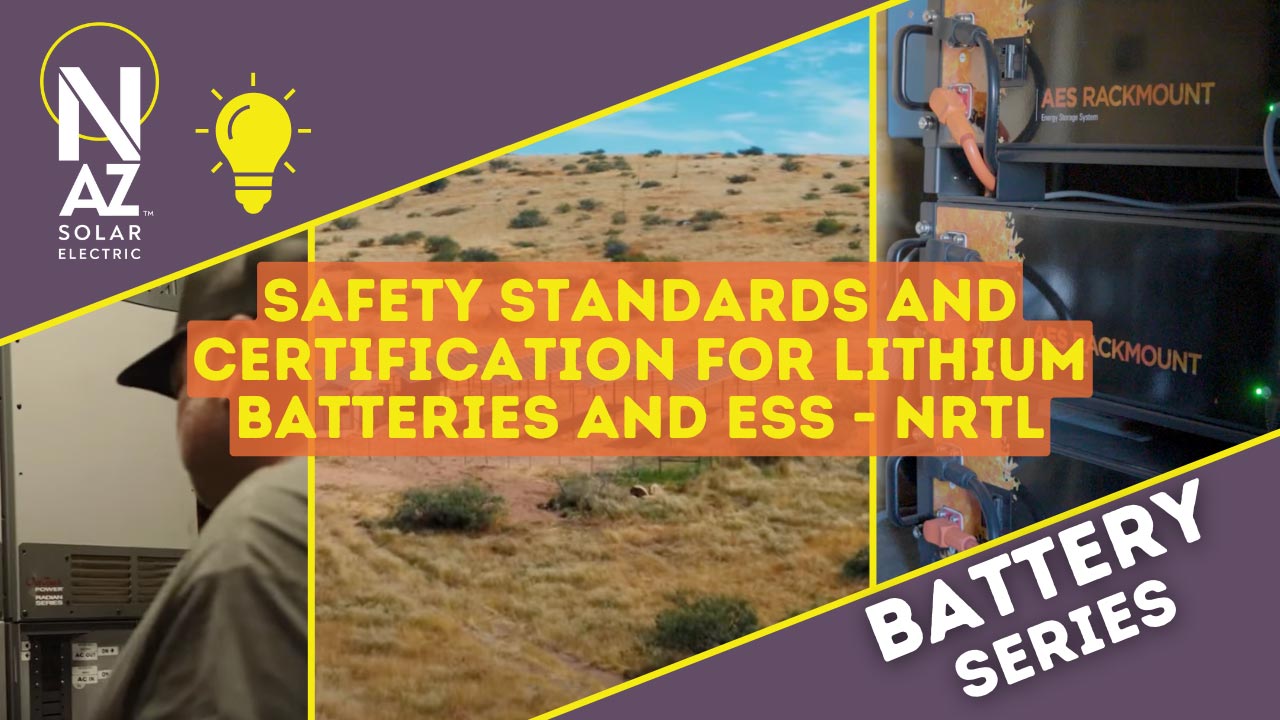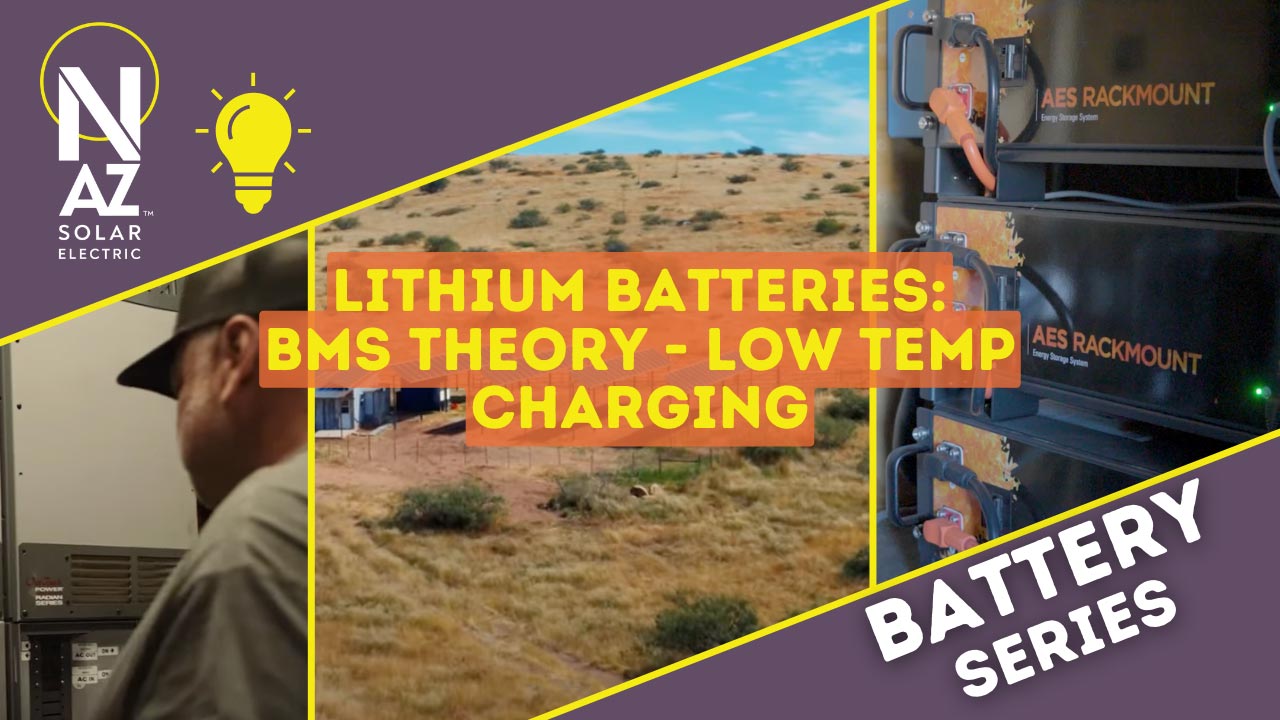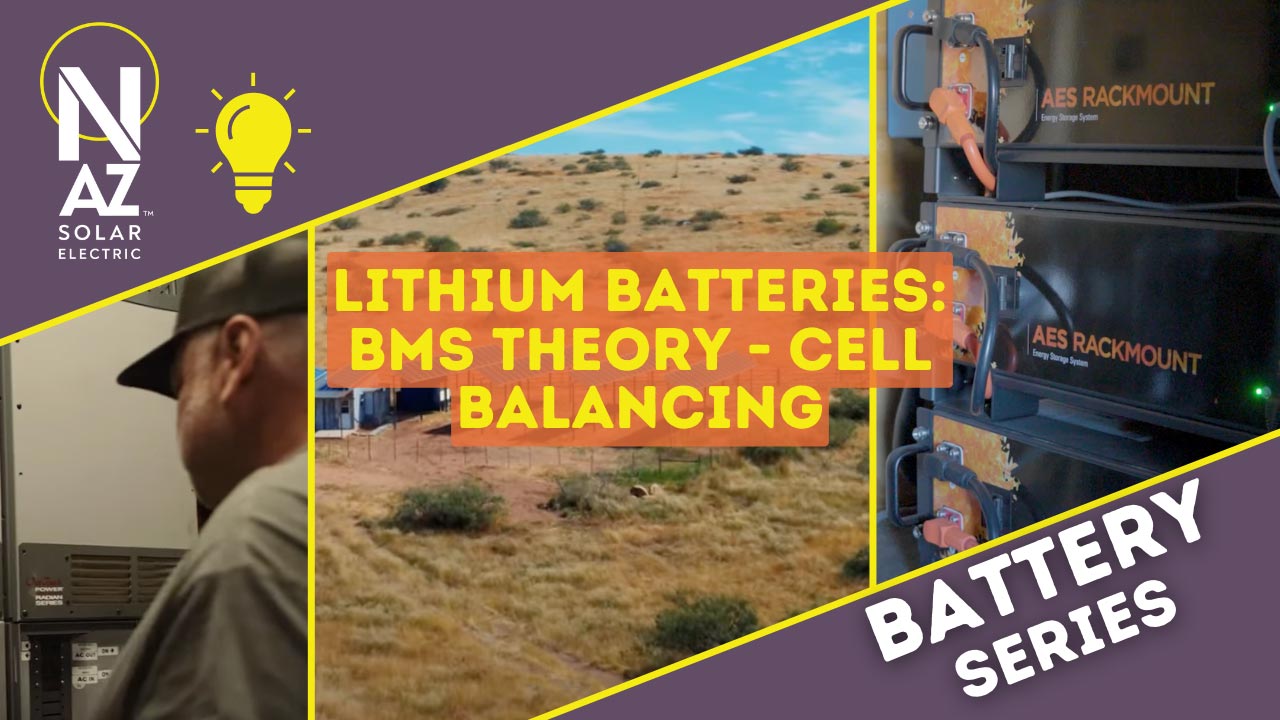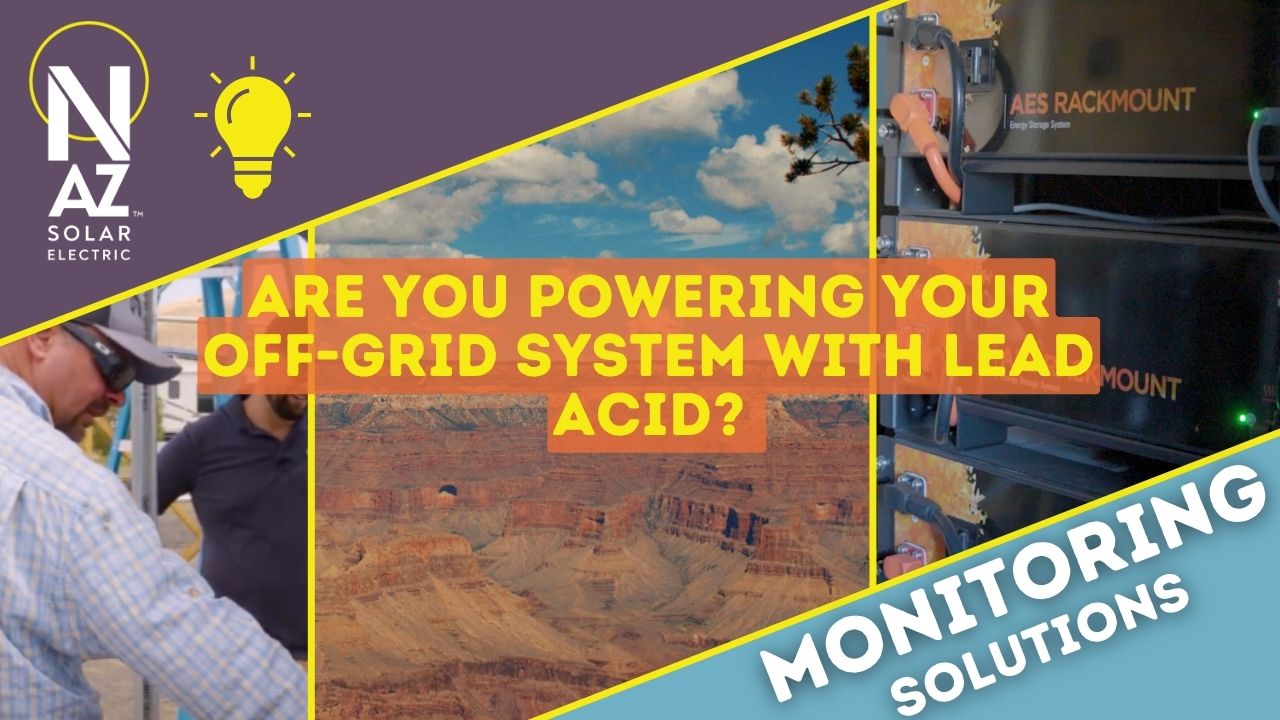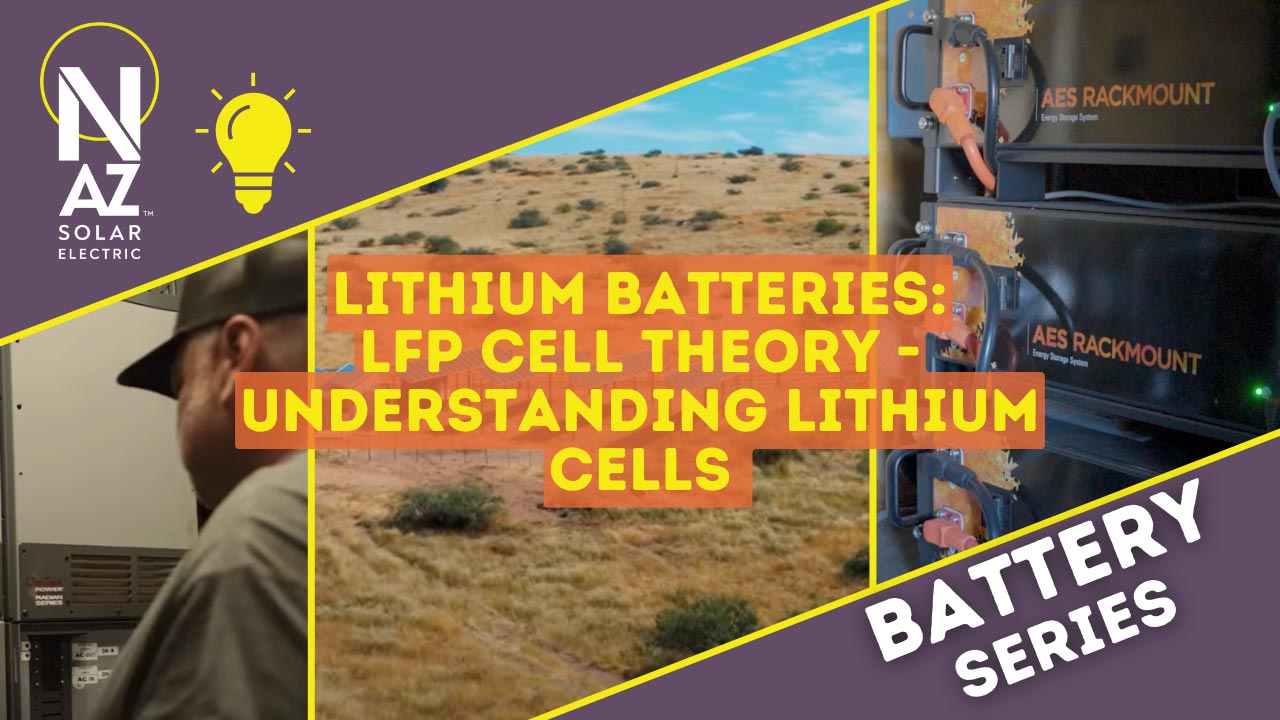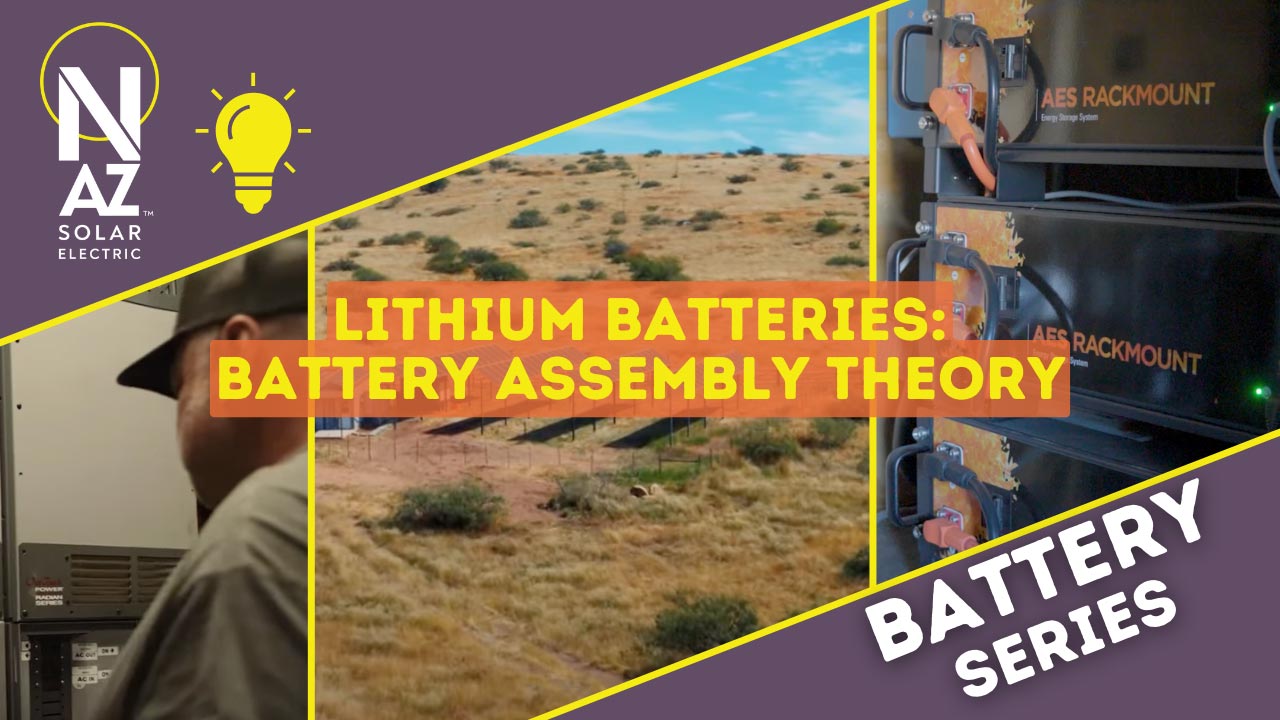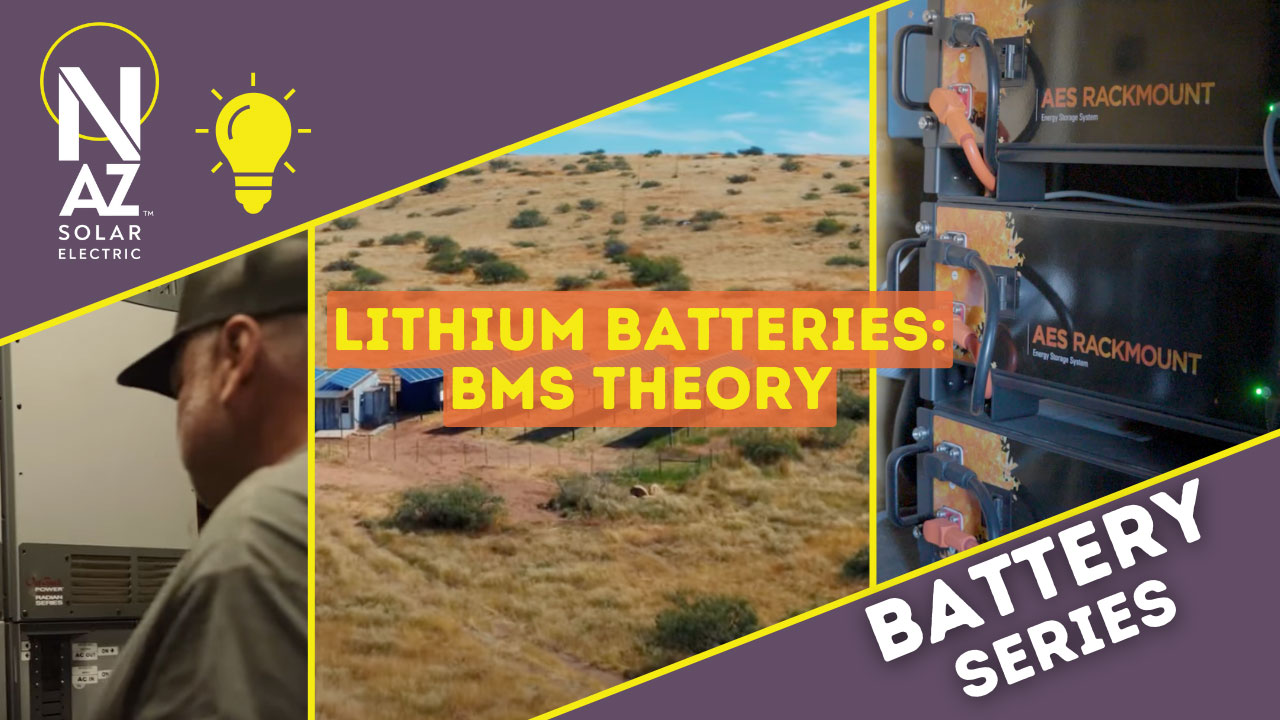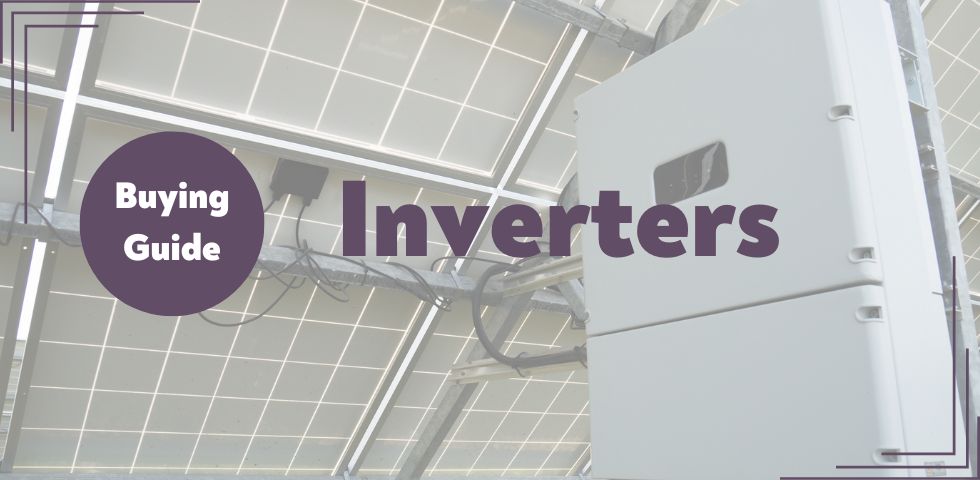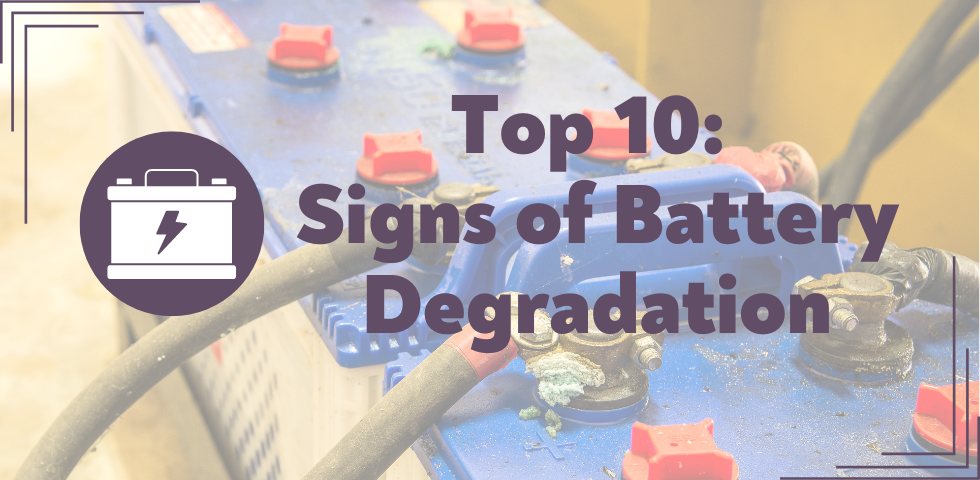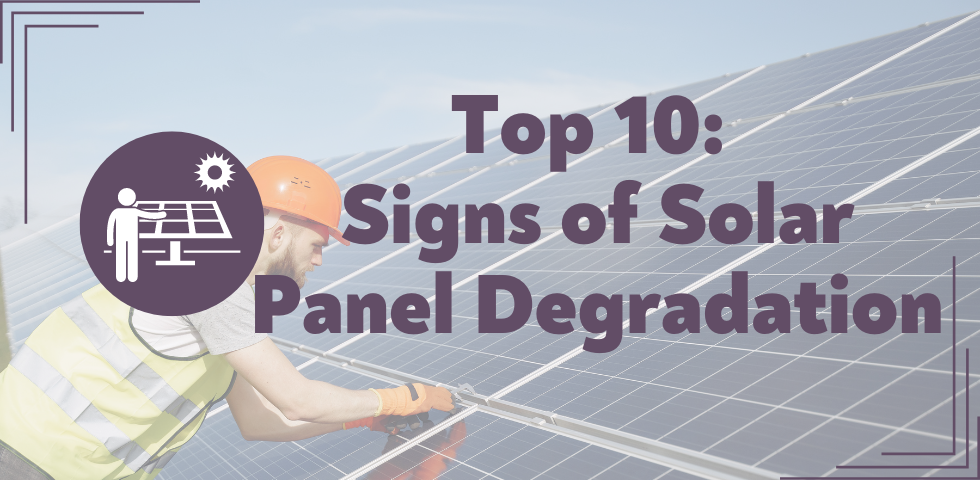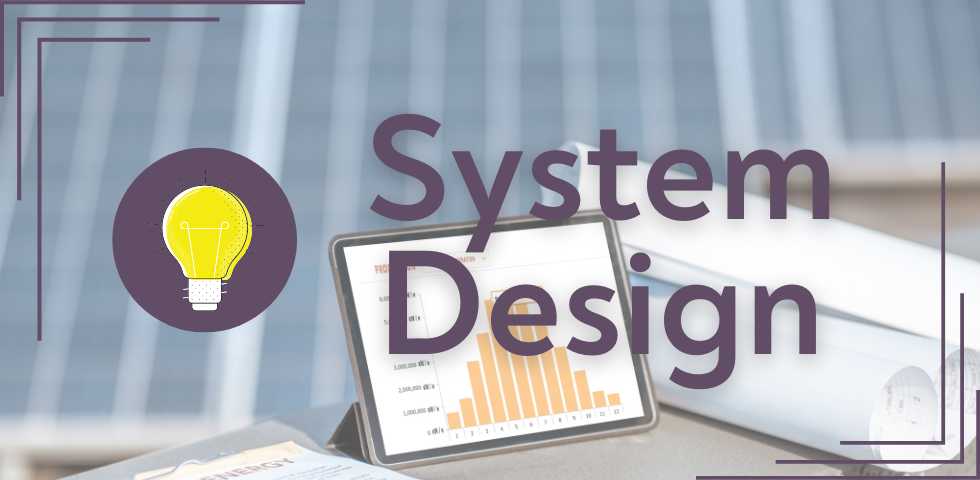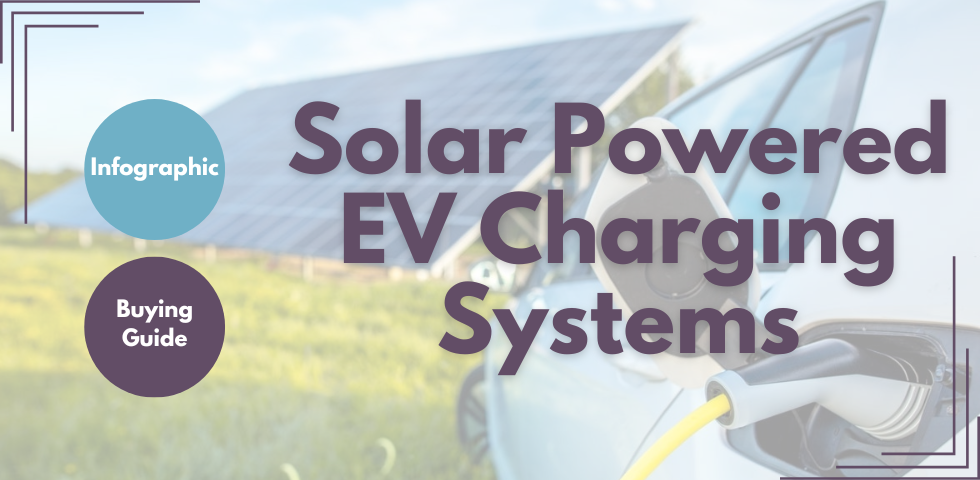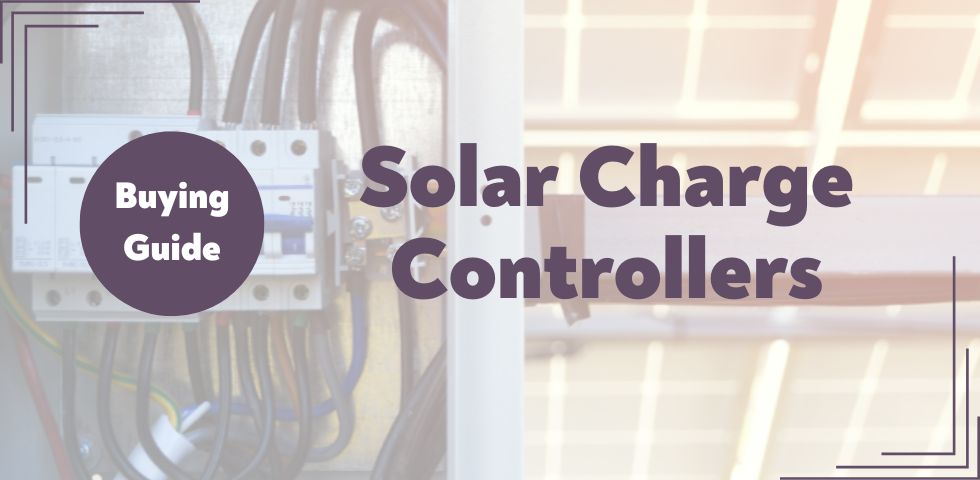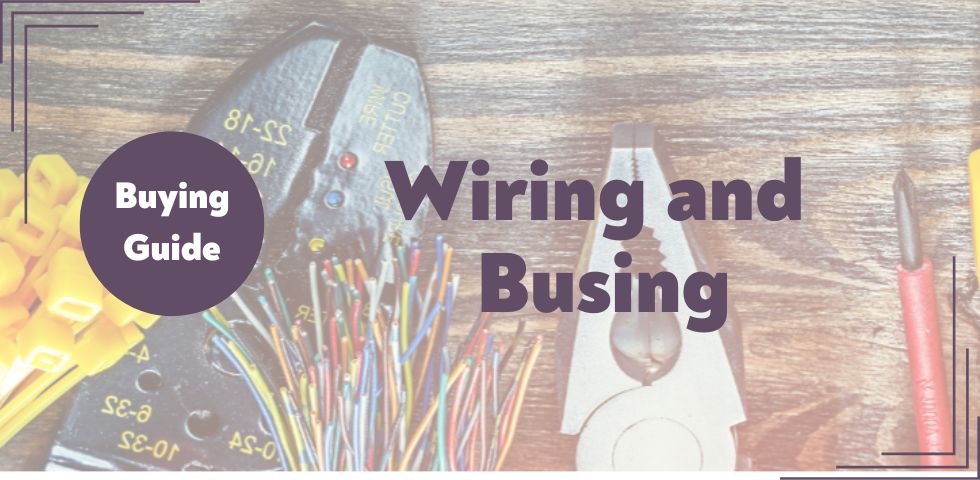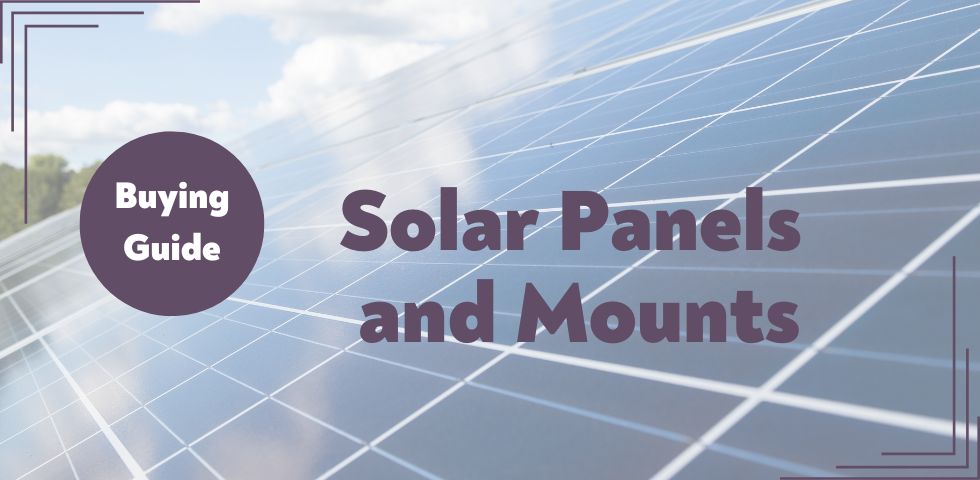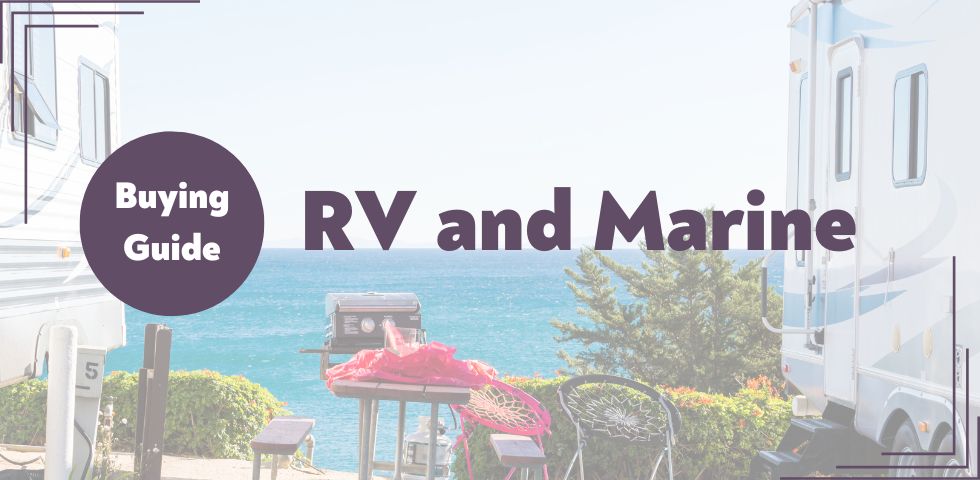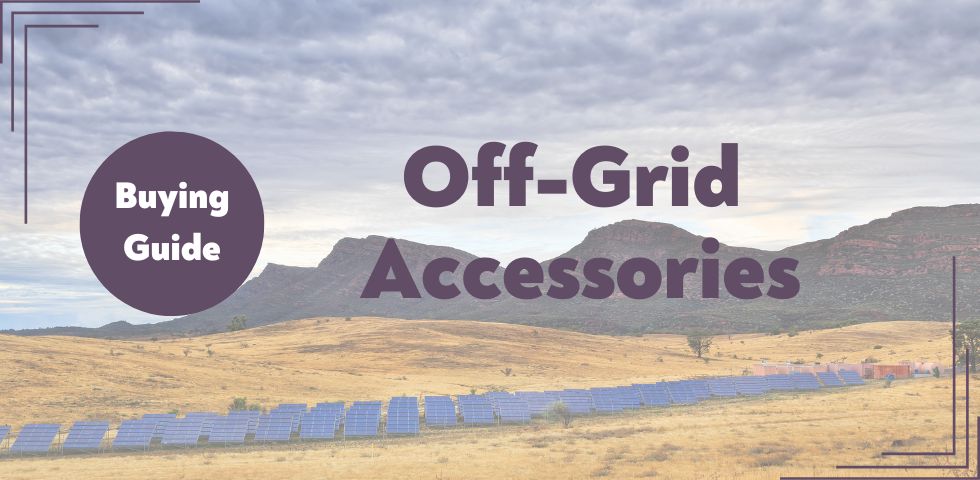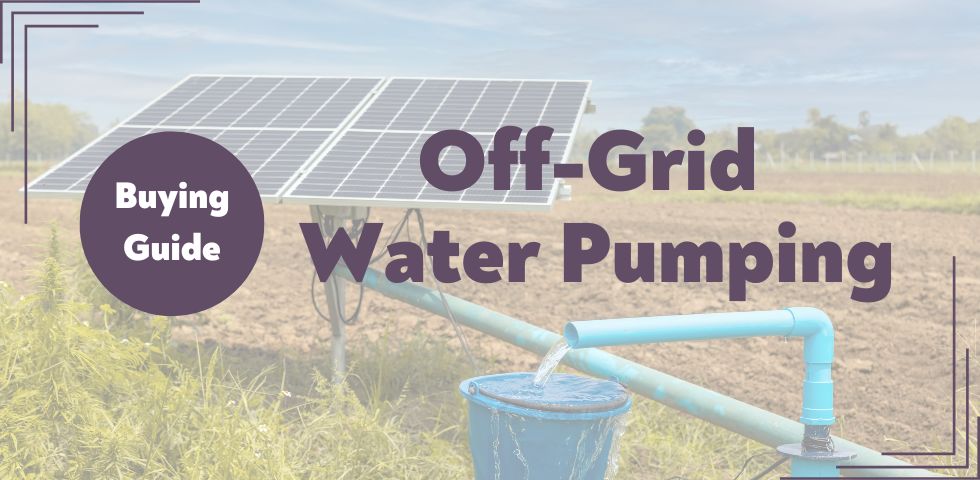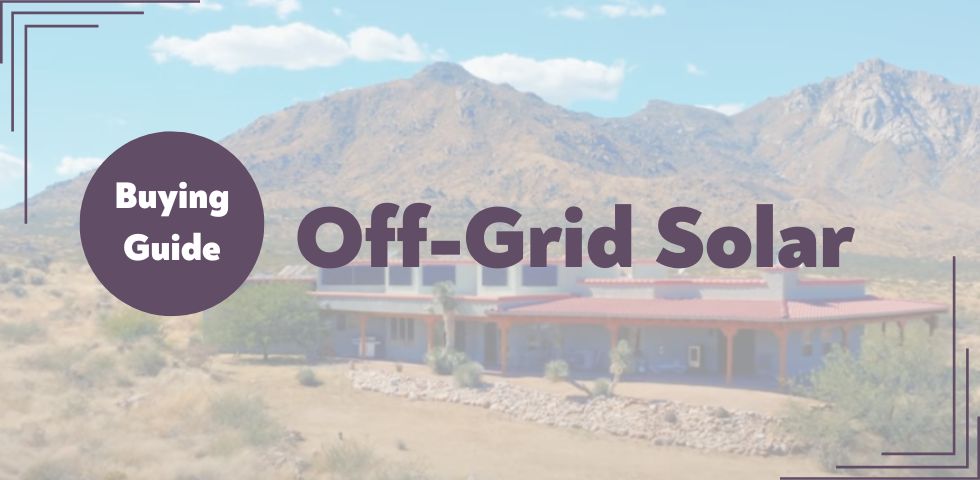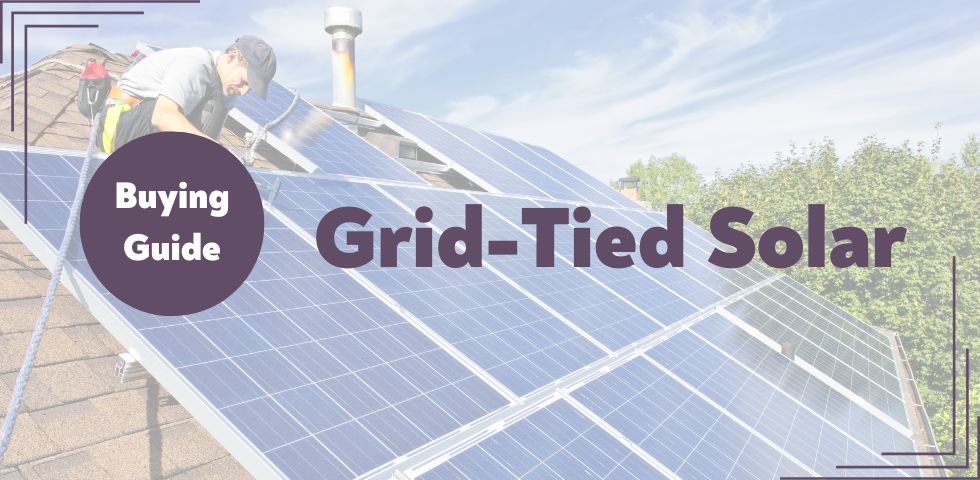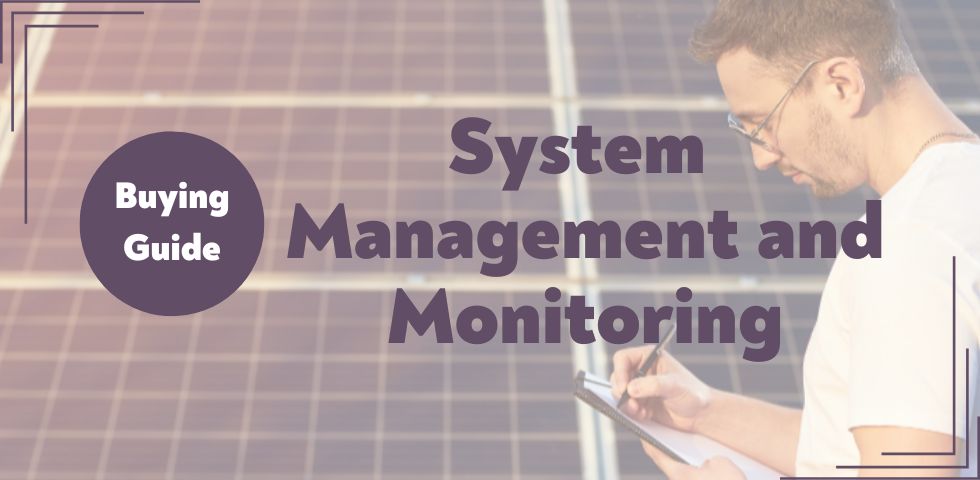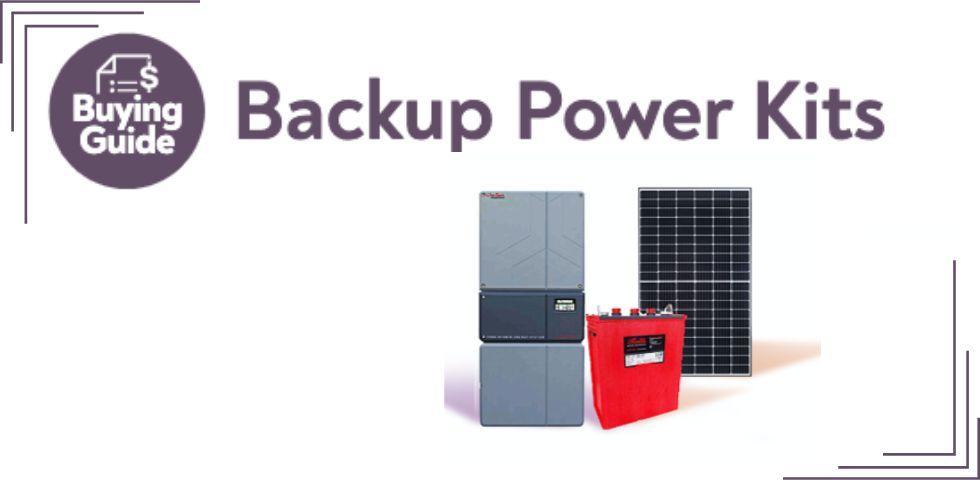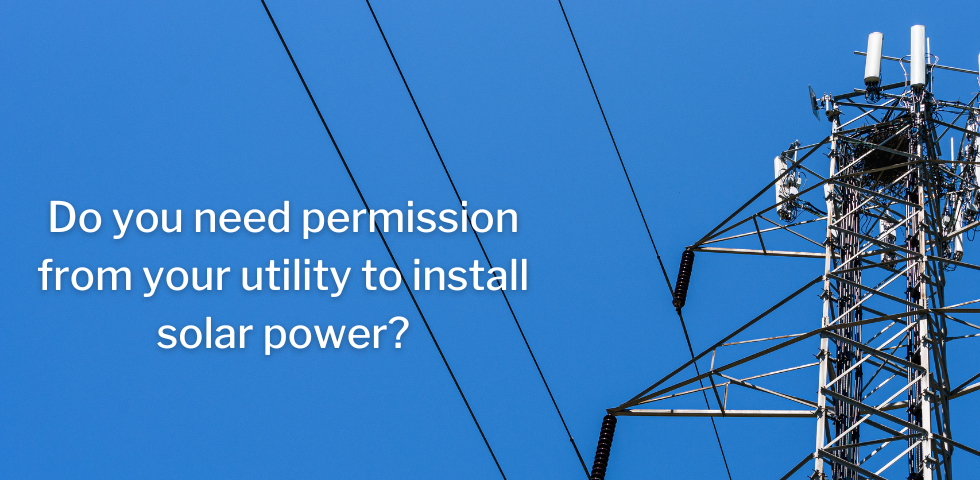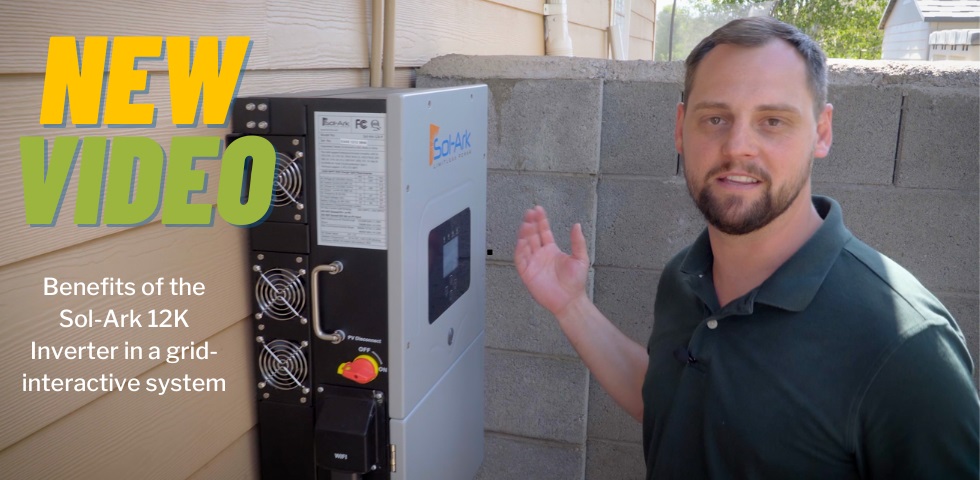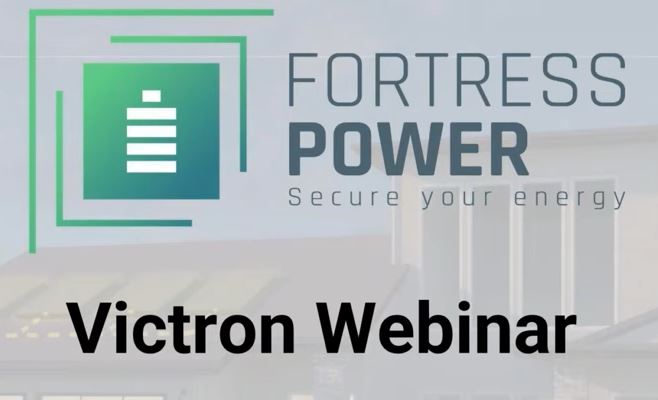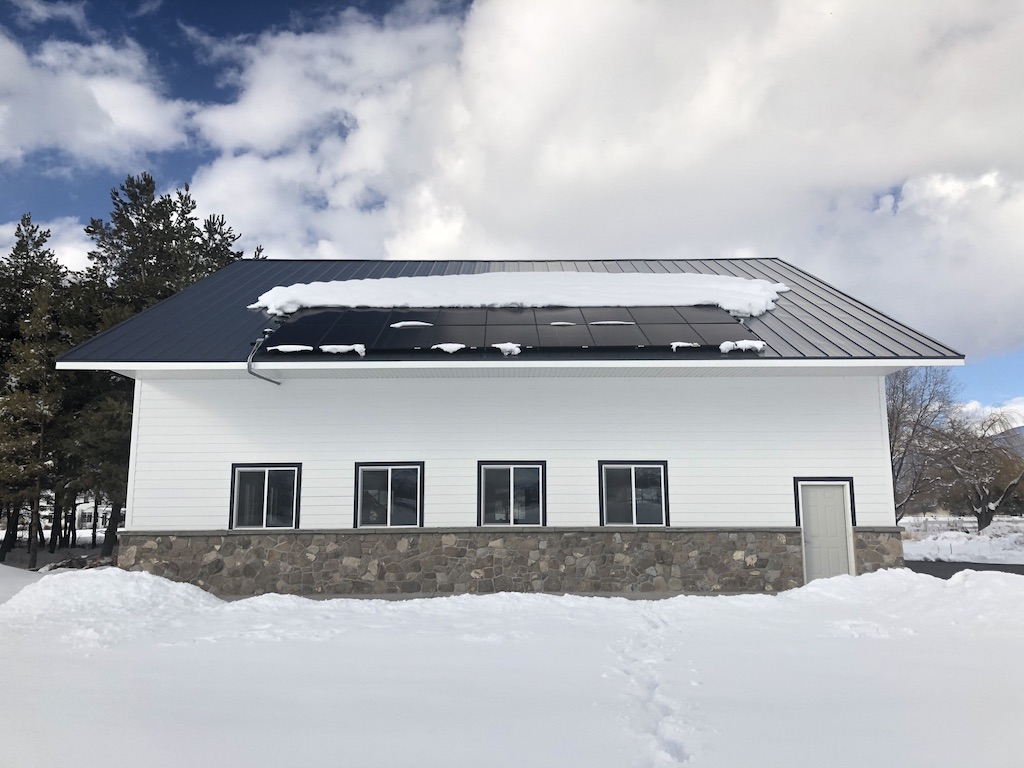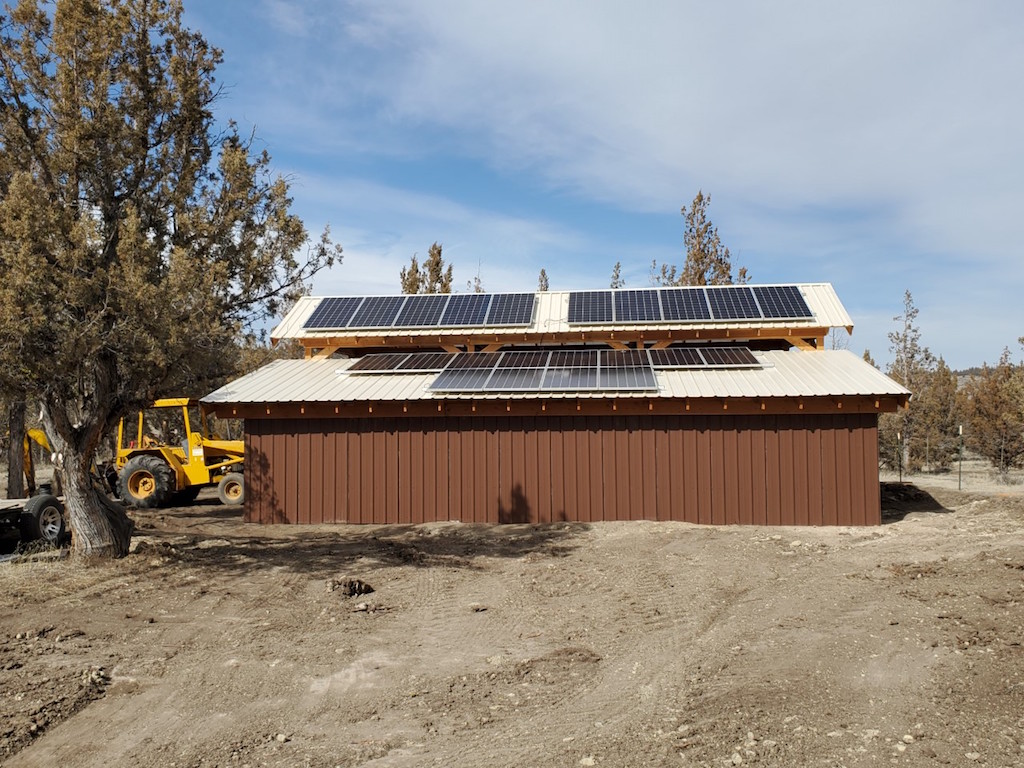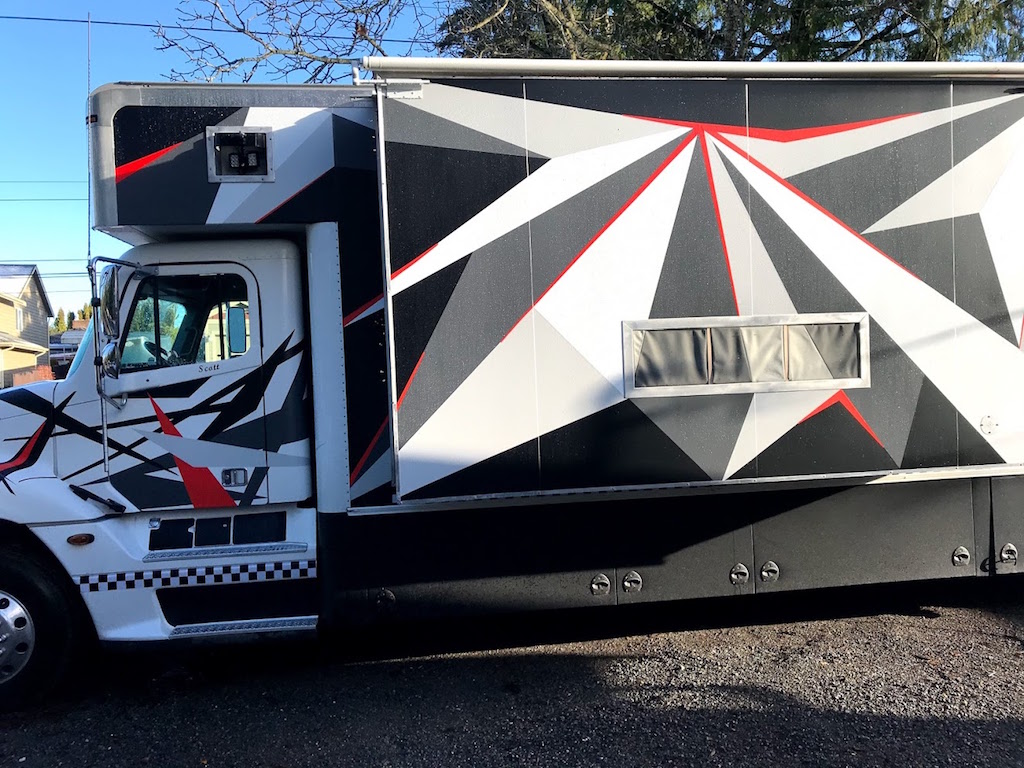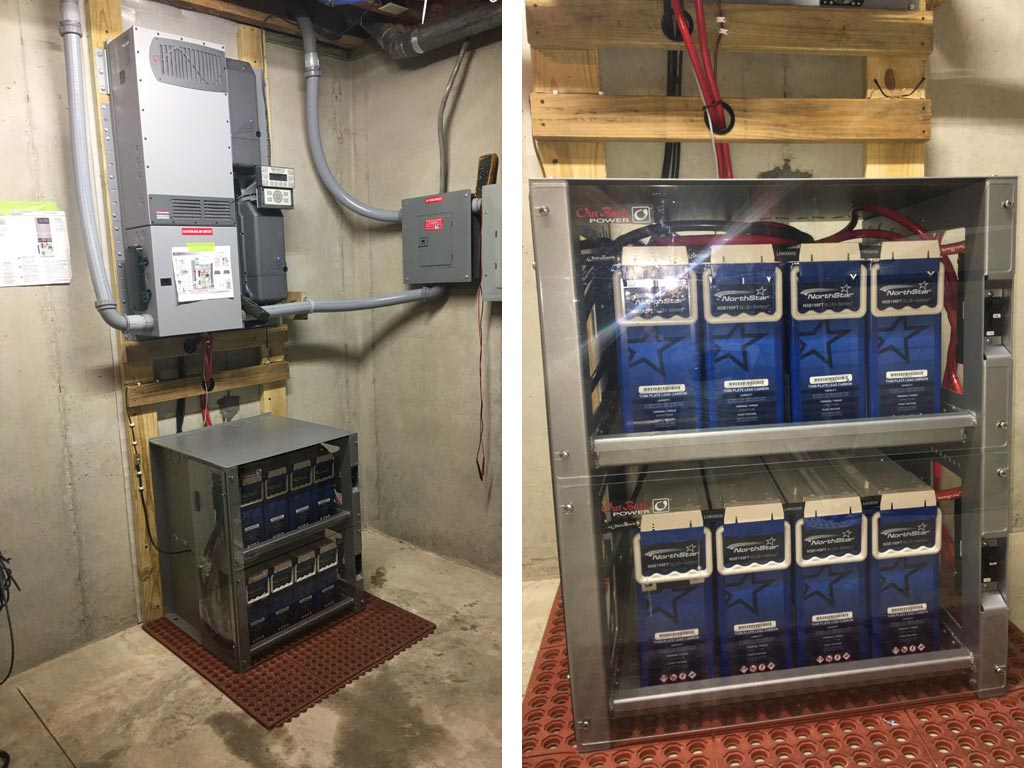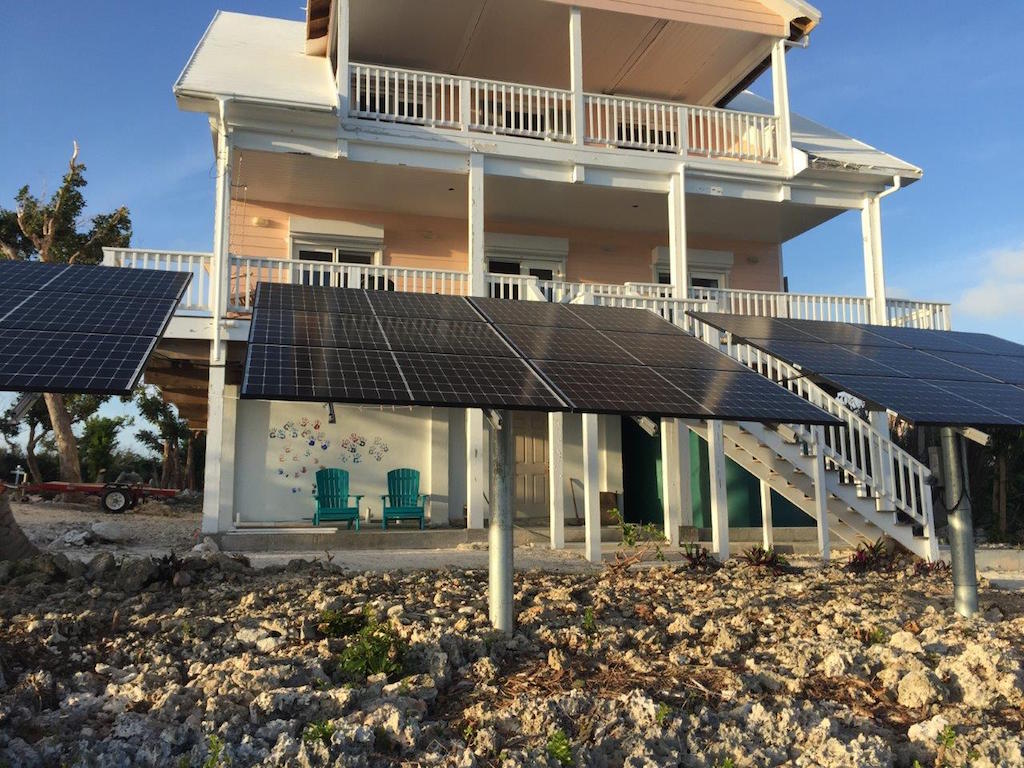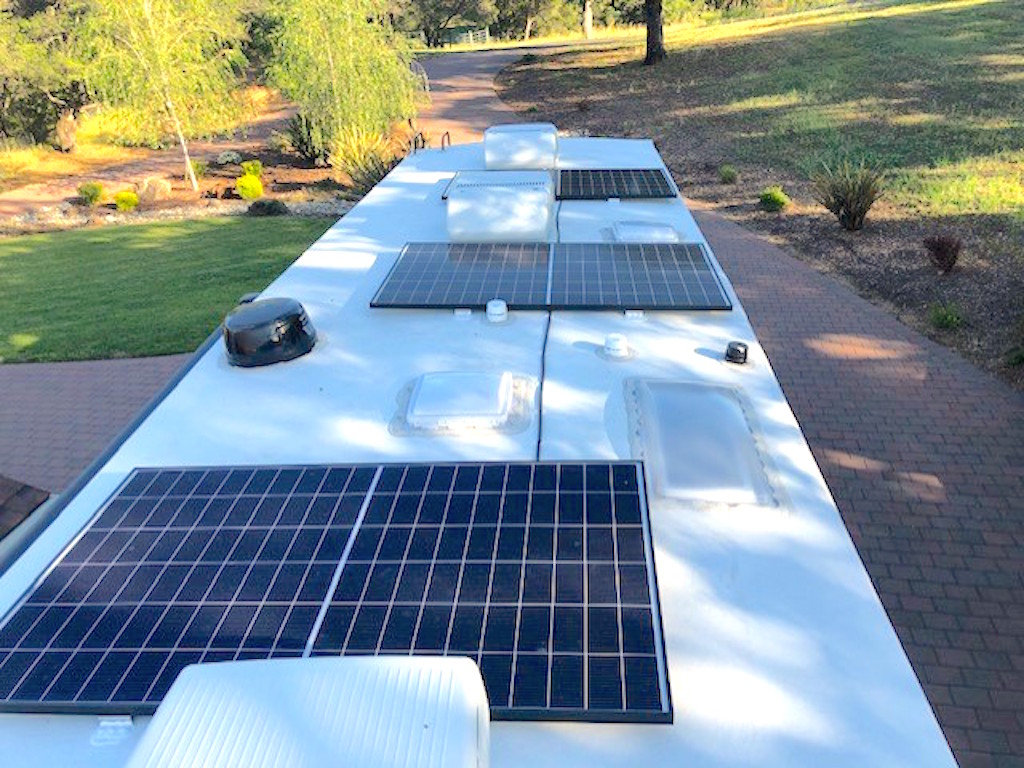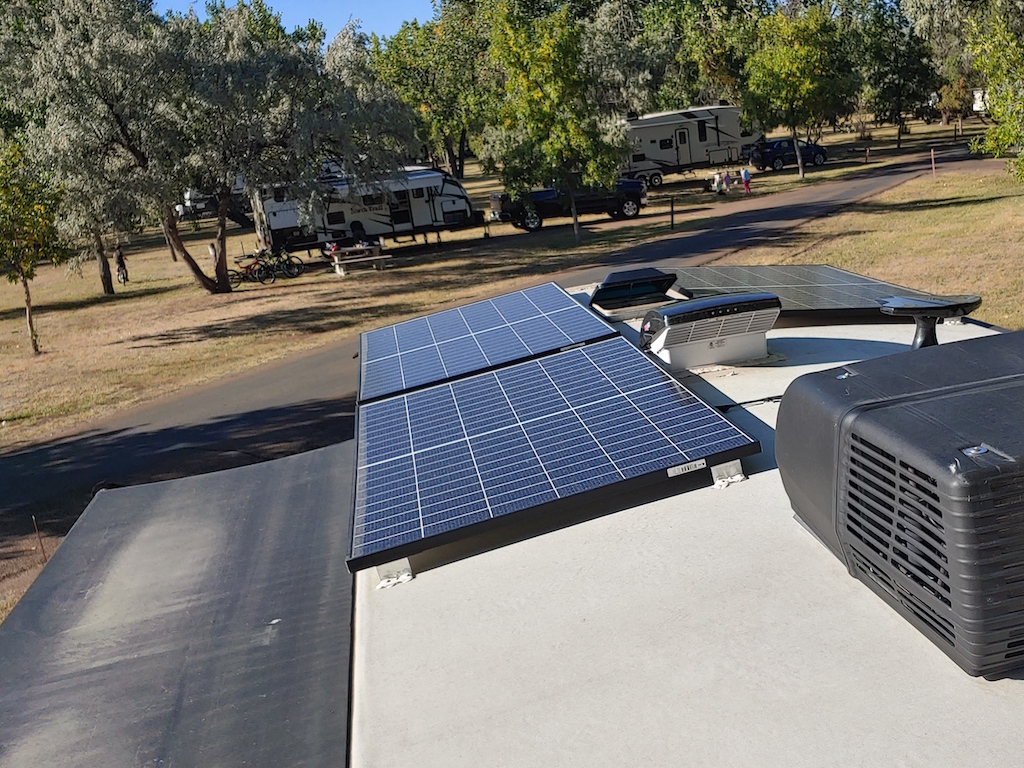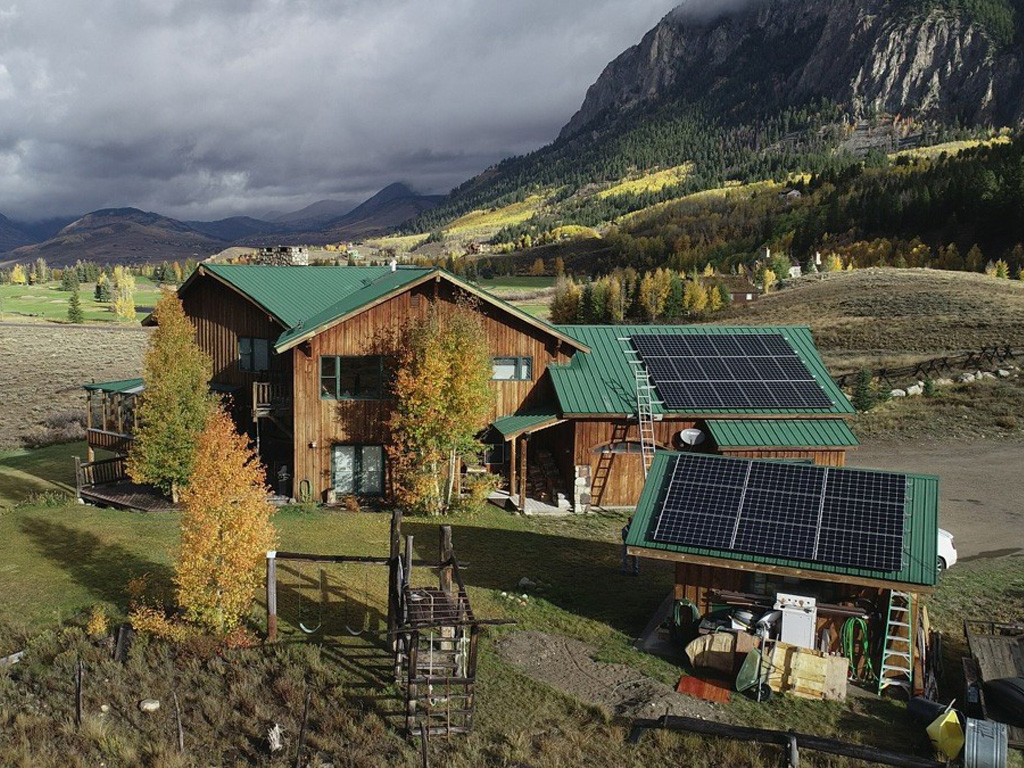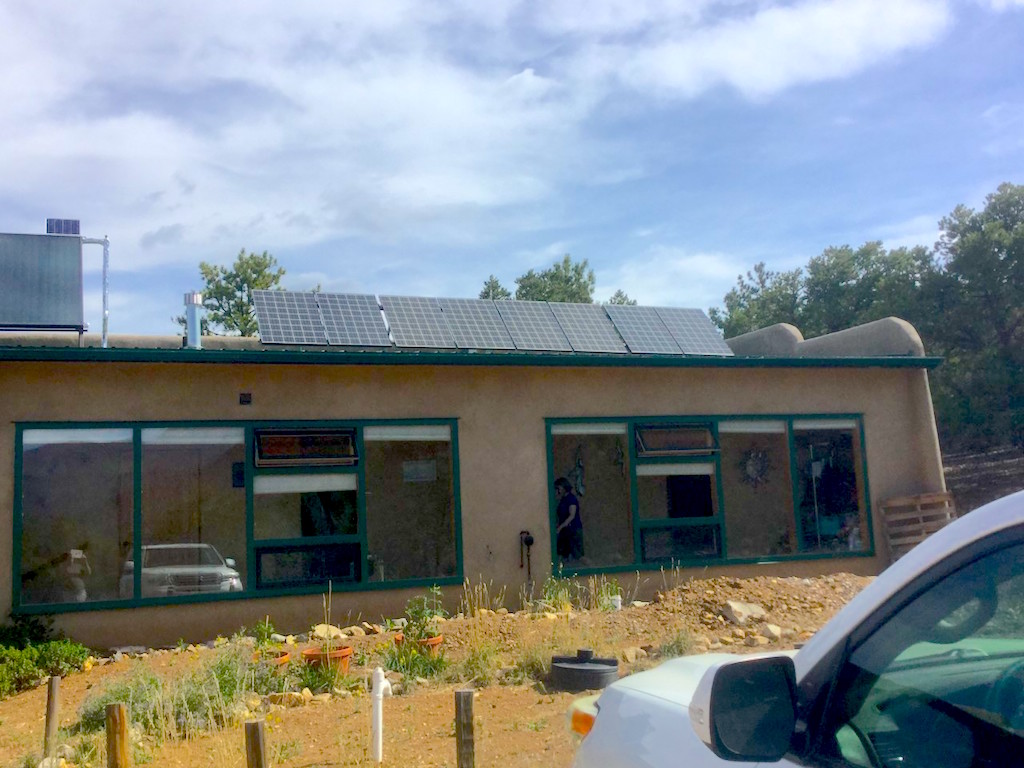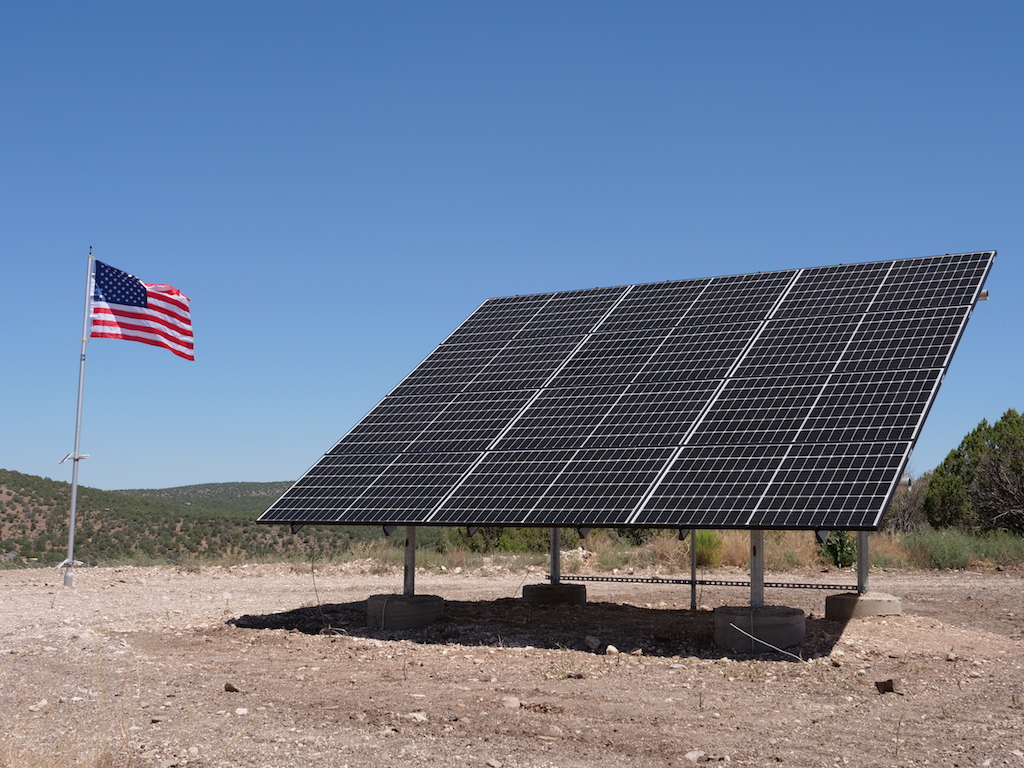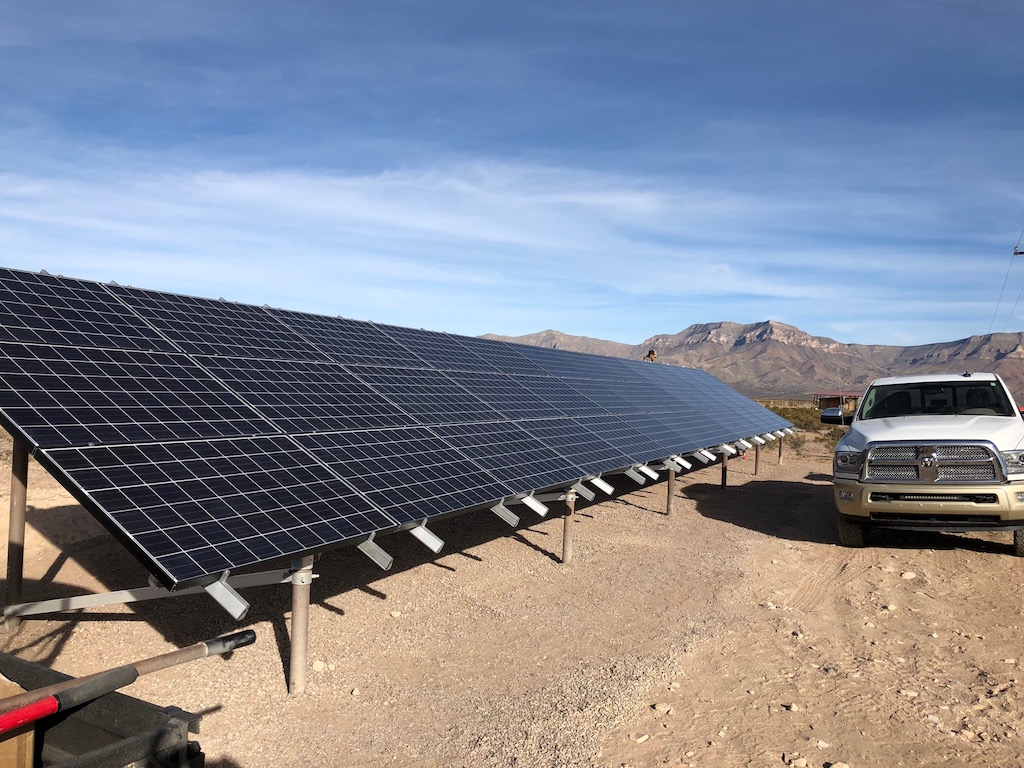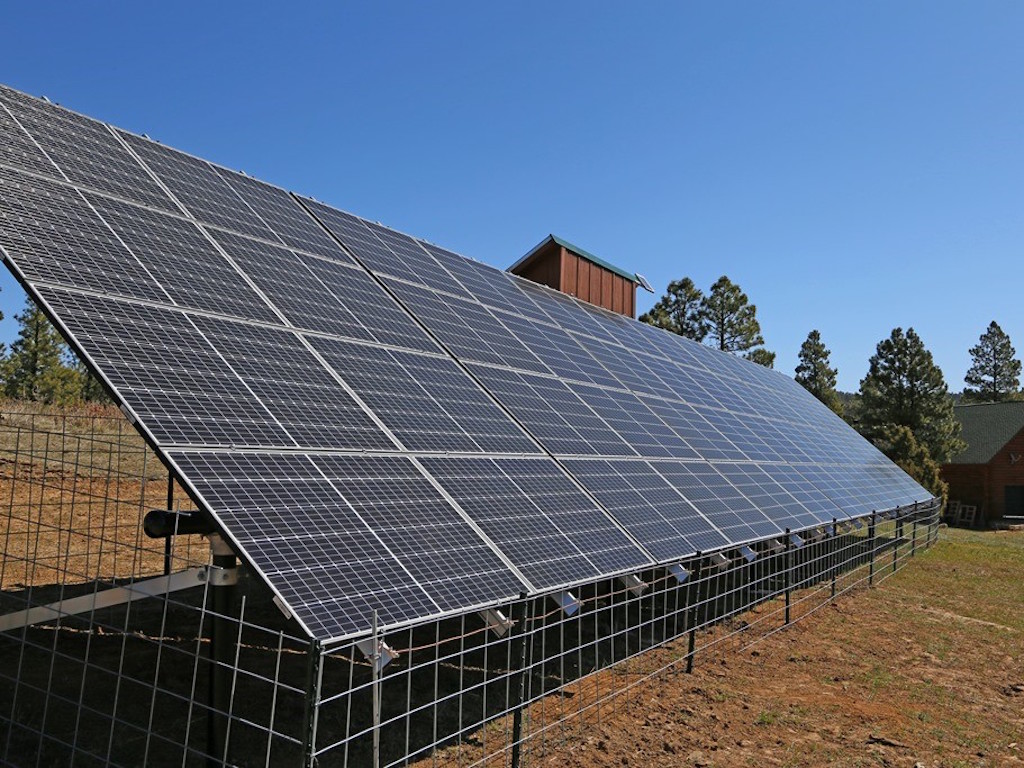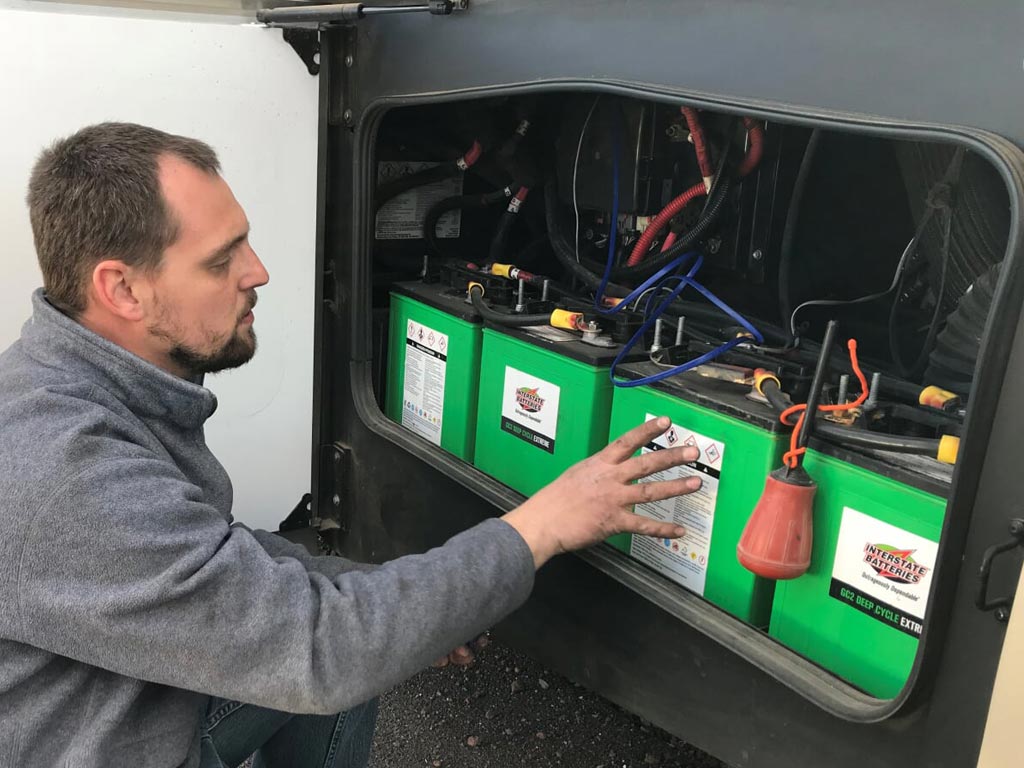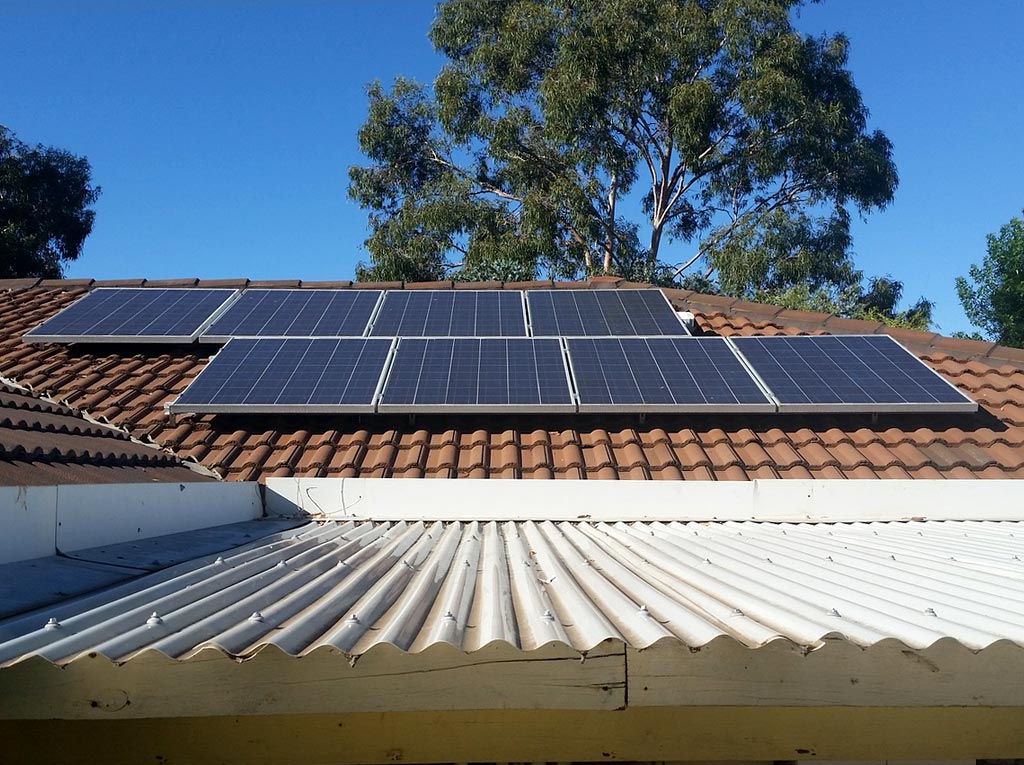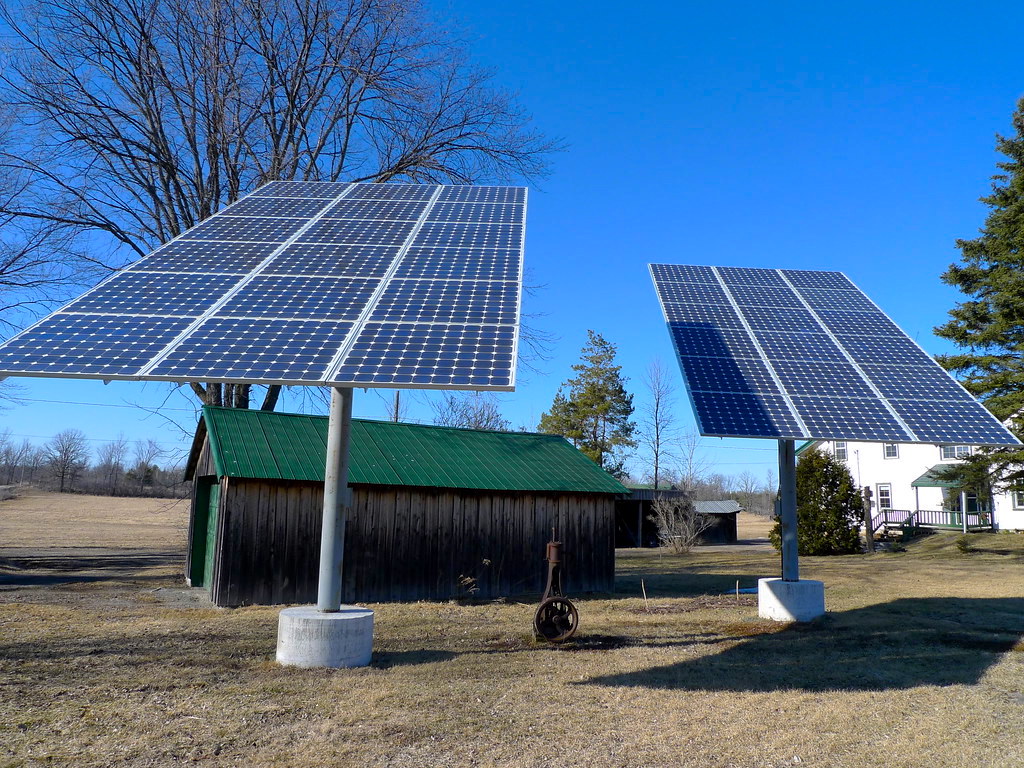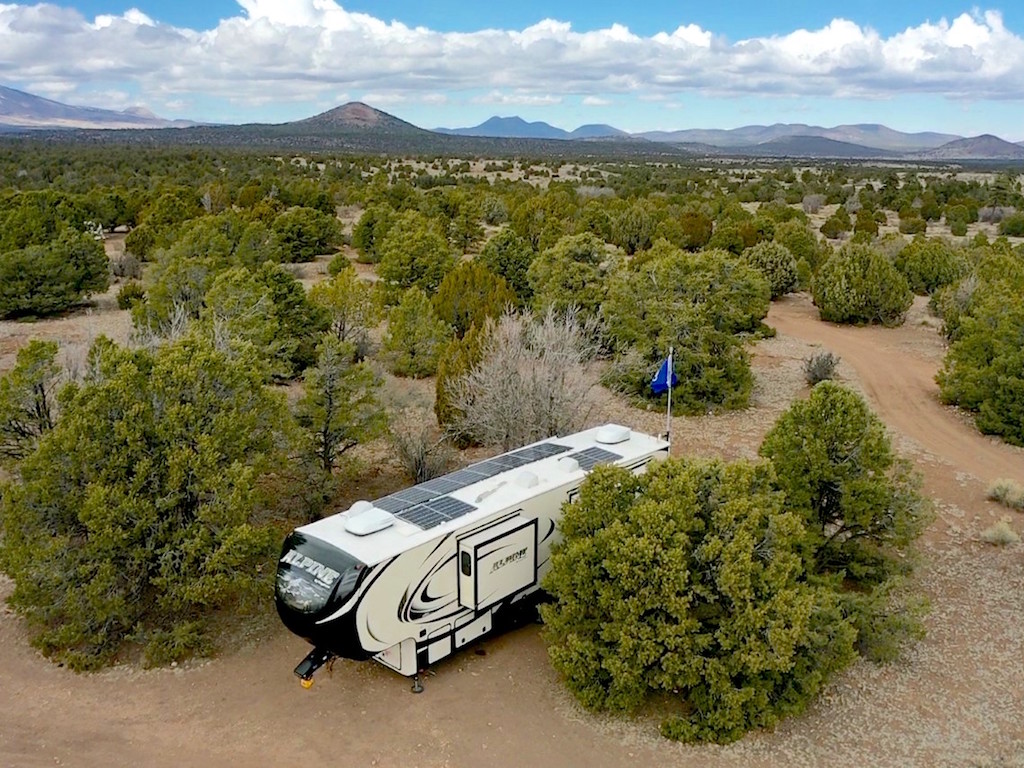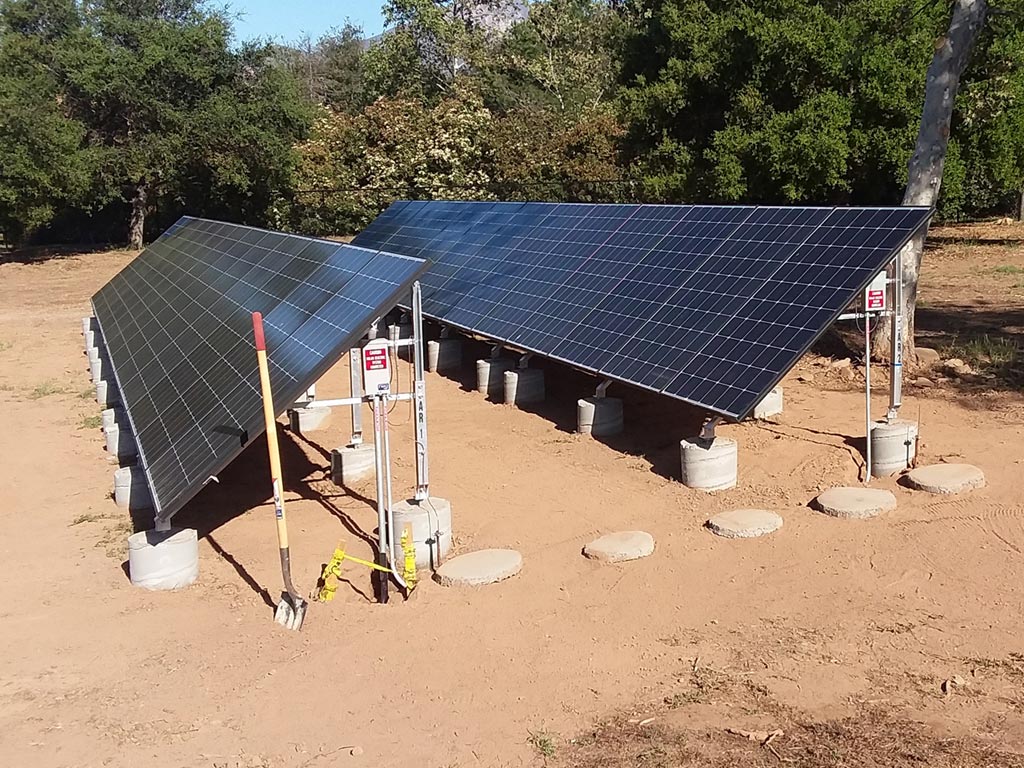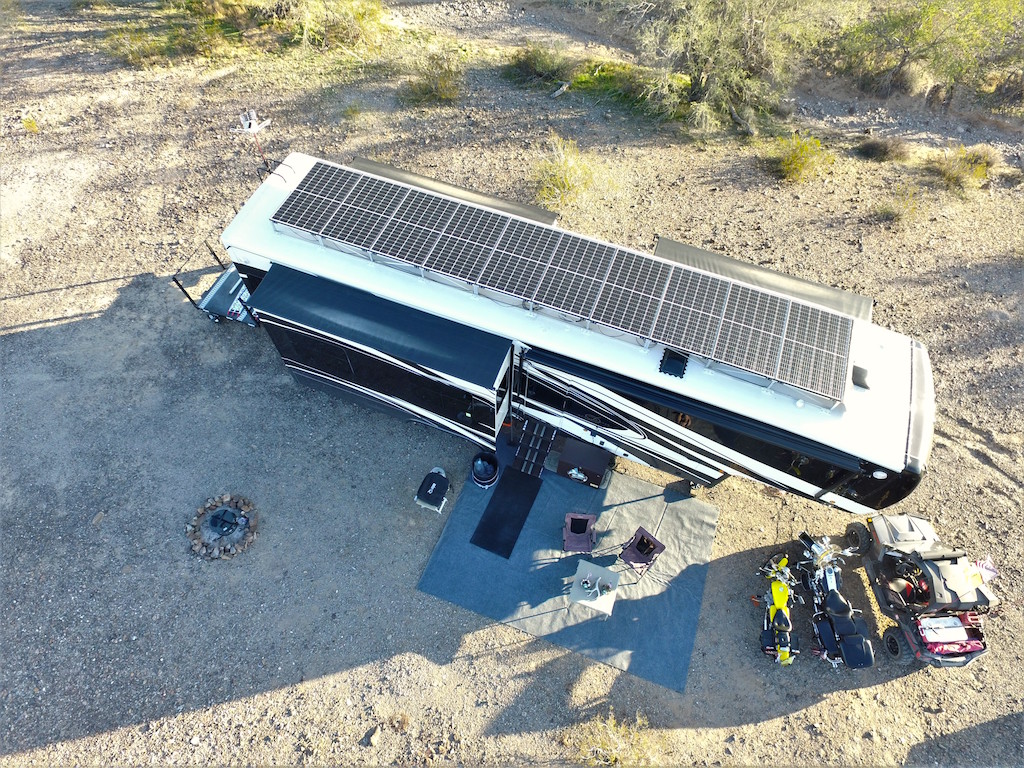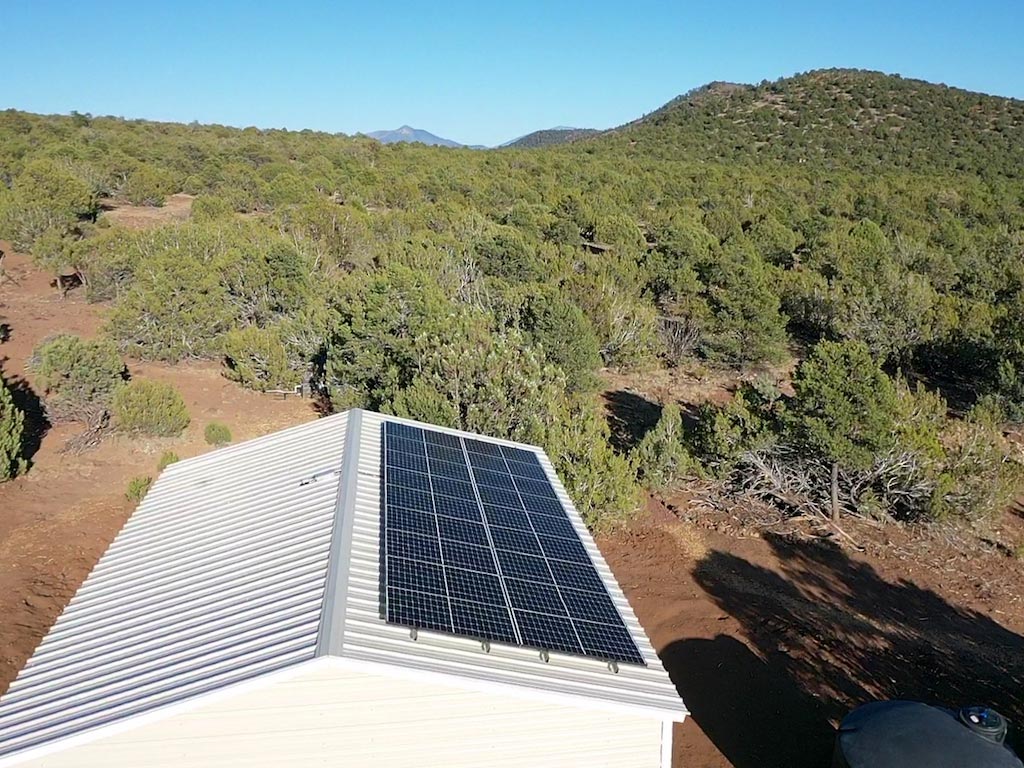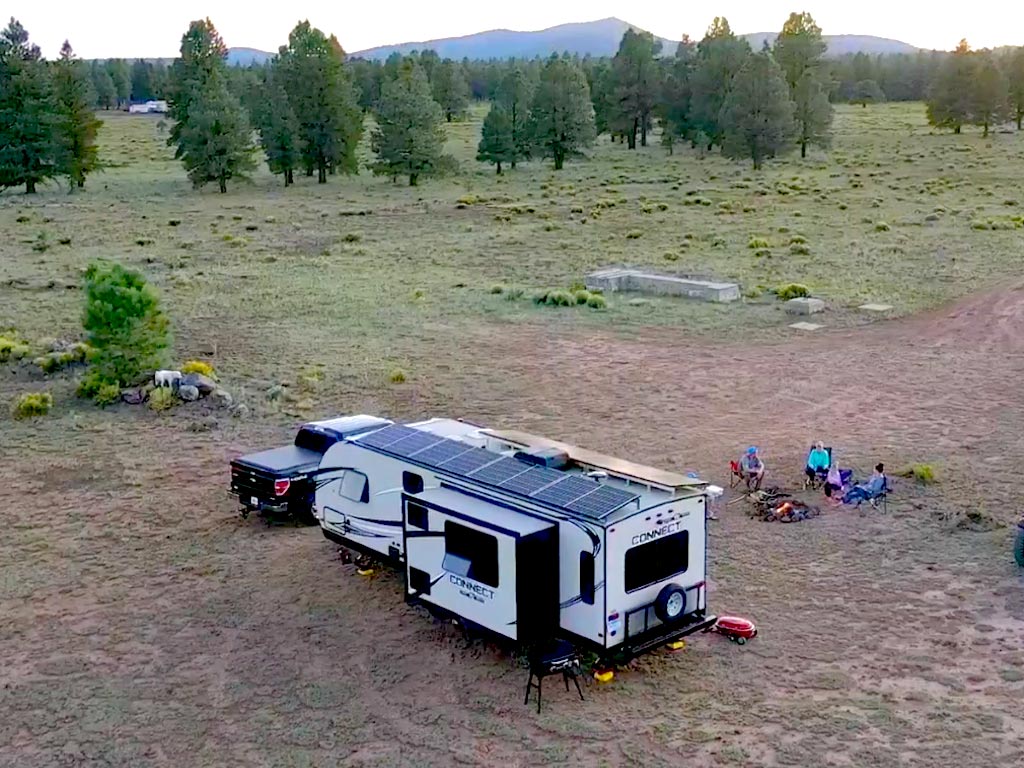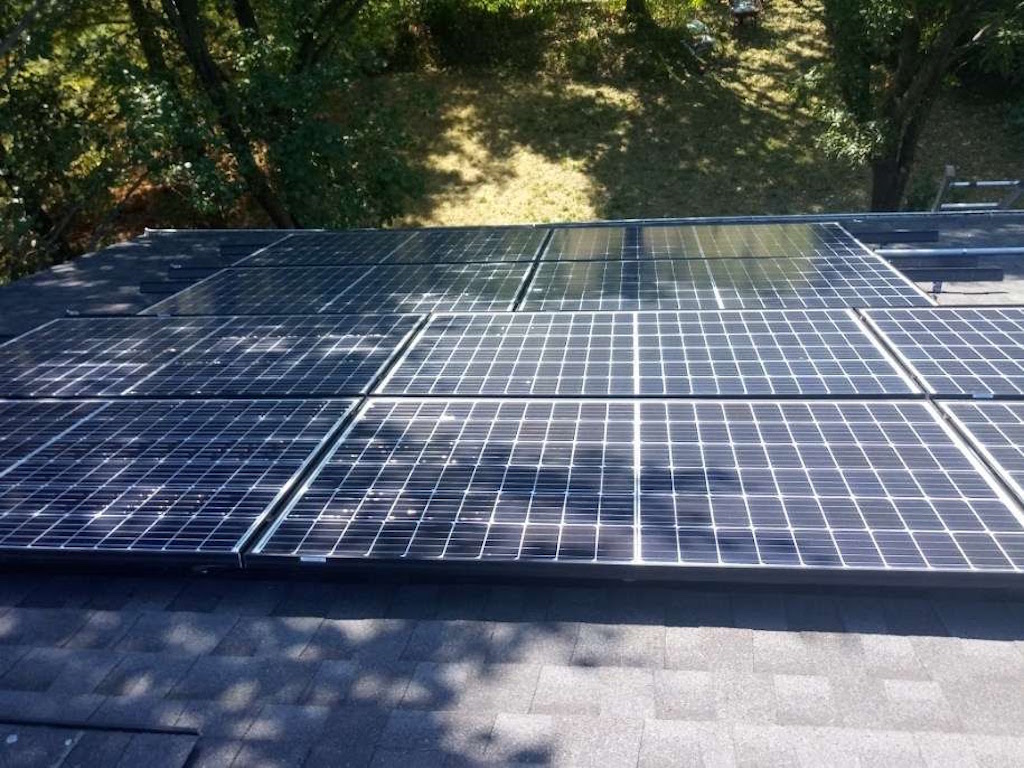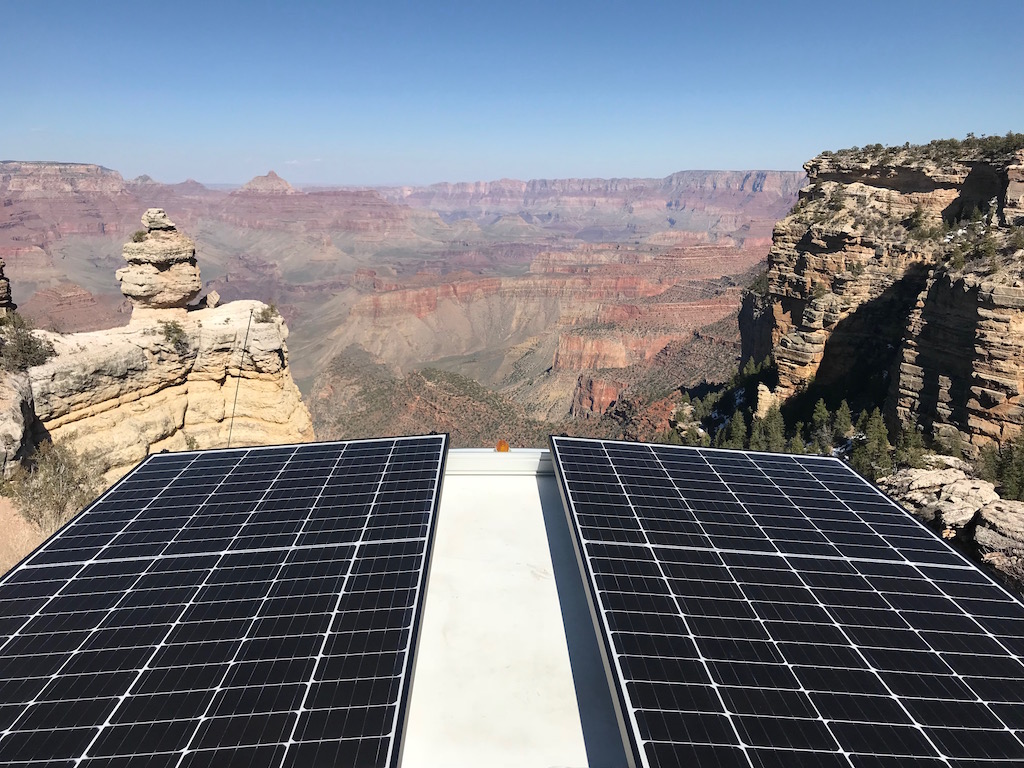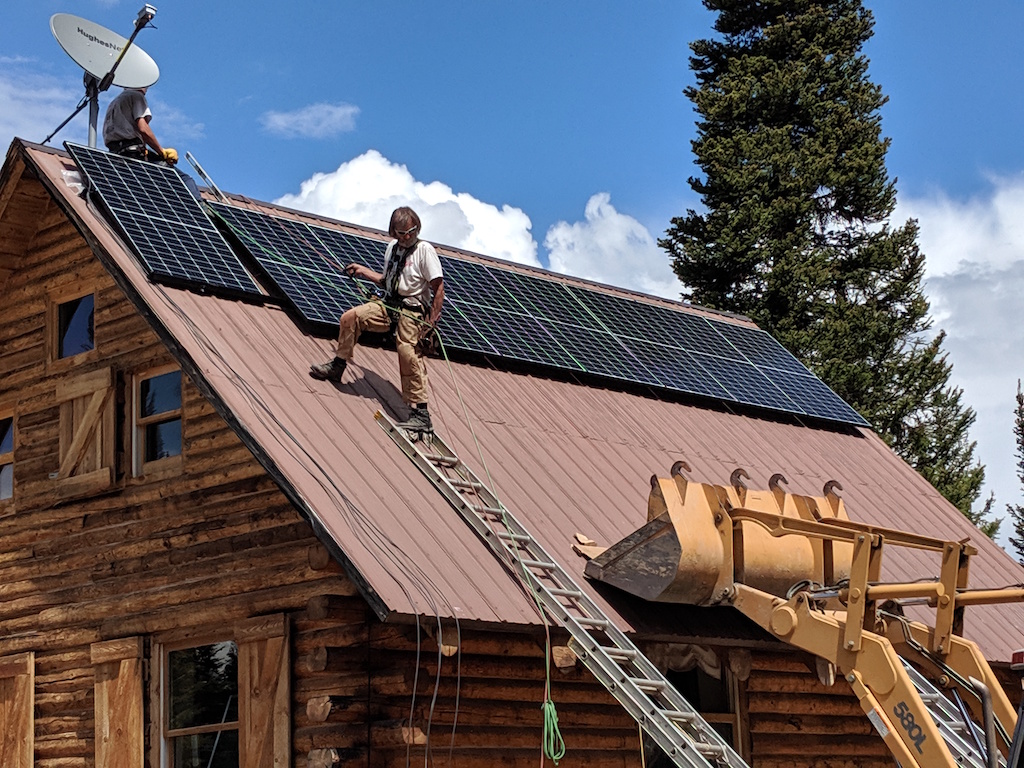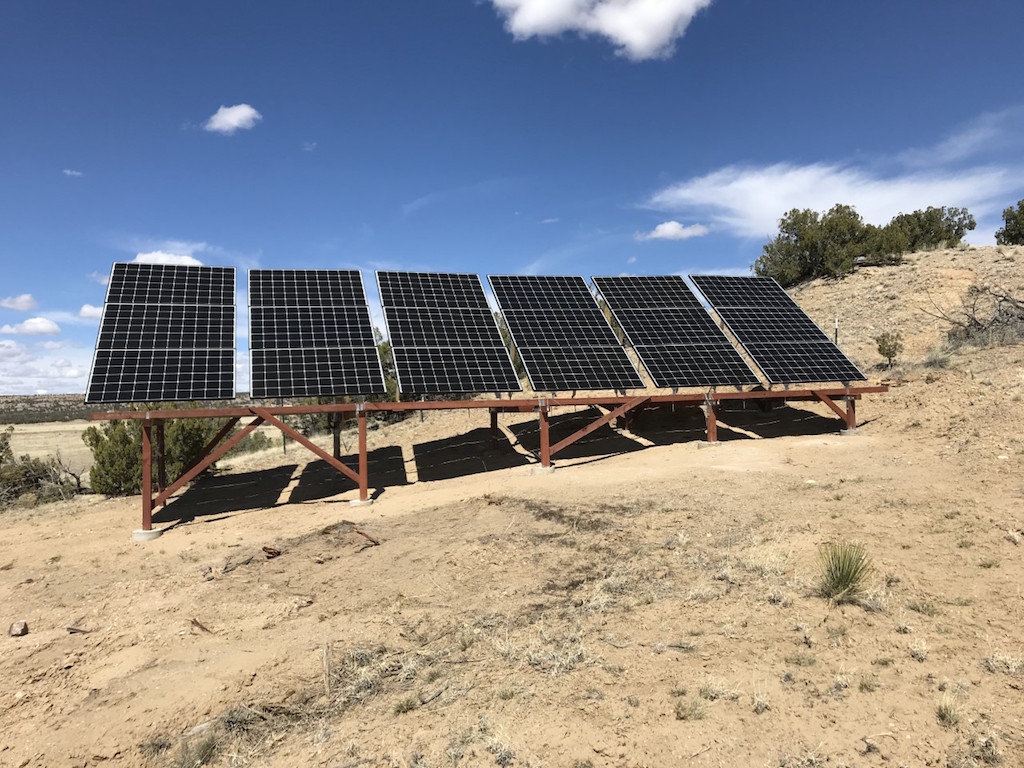When it comes to powering your home, many homeowners ask: How does solar stack up against traditional energy sources like coal, natural gas, or grid electricity? The answer may surprise you—especially once you look at the numbers.
Learning Center
Solar Installers: Policy Shifts Impacting your Business
As a solar installer, you don’t just wire systems—you wire dreams into reality. At NAZ Solar Electric, we know that every kilowatt you install matters. That’s why it’s crucial to understand how recent federal policy changes—especially those tied to the Investment Tax Credit (ITC)—are reshaping the industry landscape in 2025.
Navigating the 2025 Commercial Solar Tax Credit Changes
At NAZ Solar Electric, we’re committed to helping every installer, EPC, and community-solar champion make smart, confident decisions. The new “One Big Beautiful Bill” (OBBBA) reshapes the Federal Investment Tax Credit (ITC) timeline, and that means fresh deadlines, fresh strategy, and—yes—a little fresh urgency. Below, we break down what’s changing, why it matters, and how you can stay ahead, all in clear, actionable language. Because when policy shifts, we’re here for you.
Solar 101 – Grid-Tied vs. Off-Grid vs. Grid-Interactive Solar Systems - What's the Difference?
Choosing a solar power system for your home or property starts with understanding how different system types work—and which one is right for your lifestyle, location, and energy goals. In this article, we’ll explore the three main types of solar energy systems: grid-tied, off-grid, and grid-interactive. Let’s break down how each one works and the pros and cons of each setup.
Solar 101 - Understanding Solar Energy: What It Is, How It Works, and Why It Matters
At NAZ Solar Electric, we believe everyone should feel empowered to understand and explore solar energy. Whether you’re just starting out or simply curious, this article breaks down the basics: what solar energy is, how it works, and why it’s a powerful solution for our future.
Understanding Solar Warranties
When considering solar power for your home or business, one of the most critical aspects to evaluate is the warranty. A well-structured warranty can provide peace of mind, but it's essential to understand the different types of warranties available and what they cover. This guide will help you navigate the complexities of solar warranties, ensuring you make an informed decision.
MidNite Solar's All-In-One Inverter: A Game Changer in Energy Management
NAZ Solar Electric is excited to announce that we are now offering MidNite Solar's innovative all-in-one inverter. This cutting-edge inverter combines advanced technology, versatility, and ease of use, making it a standout choice for residential, commercial, and industrial applications.
New MidNite Solar Batteries: MNPowerflo5 and MNPowerflo16
MidNite Solar has introduced two new advanced lithium iron phosphate (LFP) batteries, the MNPowerflo5 and MNPowerflo16, designed to cater to the diverse energy storage needs of residential, commercial, and industrial applications.
Energy Storage Systems (ESS) vs All-in-One (AIO) - Differences and Similarities
Energy Storage Systems. All in One Systems. What are they? What are the differences?
By the most basic definition, they store energy for later use. While a simple concept, the execution can lean toward the complex.
GoodWe Support videos
Are you ready to harness the power of solar energy with GoodWe products? You've come to the right place!
Whether you're a seasoned solar professional or a homeowner new to renewable energy, our Learning Center is designed to support your journey every step of the way. Explore, learn, and empower yourself with the knowledge to make the most of your solar products.
Navigating 2024: The Landscape of New Tariffs and Their Impact on the Solar Industry
The solar industry is on the brink of significant changes in 2024 with new policies coming into effect that will reshape the market dynamics. At NAZ Solar Electric, we are well-prepared to navigate these changes, ensuring our customers continue to receive top-quality solar solutions.
Engineering For The Arctic: NAZ Solar Electric's Role in Transforming Arctic Research
In the harsh and unforgiving landscapes of Greenland's ice sheets, the ICECAPS-MELT project is a cooperative scientific research project funded by organizations around the world.
ESS: Traditional DC Couplers vs. the Next-Gen AIO Inverters
In the dynamic world of solar energy, inverters stand as the gatekeepers of efficiency and performance. With the advent of cutting-edge All-in-One (AIO) inverter systems, there stands a pivotal choice against the traditional Direct Current (DC) coupled solutions. This guide delves deep into the realms of both technologies, weighing their performance, cost-efficiency, and reliability in a bid to arm you with knowledge.
ESS: Navigating Energy Storage Systems
In an era where the shift towards renewable energy sources is accelerating, Energy Storage Systems (ESS) emerge as pivotal technologies bridging the gap between intermittent energy production and the consistent demand of modern society. These systems adeptly capture and store energy in myriad forms—electricity, chemical, gravitational potential to kinetic—allowing for a more efficient, accessible, and flexible energy supply.
ESS - Bridging The Gap
In the quest for sustainable energy solutions, Energy Storage Systems (ESS) have emerged as pivotal technologies enabling the efficient use and management of energy resources. At their core, ESS are mechanisms designed to store energy produced at one time for later use, offering a bridge between energy production and consumption.
Safety Standards and Certification for Lithium Batteries and ESS - NRTL
As the world increasingly moves towards prioritizing renewable energy sources, lithium batteries have become pivotal in powering residential and commercial energy storage systems. Their efficiency, high energy density, and declining cost have made them the cornerstone of modern energy solutions. However, the rapid adoption of these technologies brings to light significant safety concerns that cannot be overlooked.
Understanding Warranty and Manufacturer Accountability
At NAZ Solar Electric, our commitment is to ensure that every client receives a product designed to stand the test of time. We understand that warranties, particularly for lithium batteries and Energy Storage Systems (ESS), play a critical role in the decision-making process. However, it's crucial to approach these warranties with a discerning eye.
BMS Theory | Low Temperature Lithium Charging & Battery Heating
Understanding the limitations of lithium low-temperature charging and the need for heating capability is integral to understanding the suitability of various lithium battery options. Contemporary lithium battery technologies reduce the risk of damage from low-temperature charging by integrating temperature sensors and control algorithms. This article also explains how advanced BMS setups can heat the battery to an appropriate temperature before allowing it to charge thereby enhancing safety and battery functionality in extreme conditions. By charging at appropriate temperatures the BMS not only protects the battery from damage but also optimizes its performance.
BMS Theory | Cell Balancing
Cell balancing plays a pivotal role in maintaining the health efficiency and safety of lithium batteries which is integral to Battery Management System (BMS) technology. When individual lithium cells, each with slight manufacturing differences and unique characteristics, are linked together in series to achieve the desired output voltage for a system, imbalances in charge levels can occur during the battery's charge and discharge cycles.
Empowering Off-Grid Energy Systems: Transitioning to Lithium with Advanced Monitoring Solutions
Are you powering your off-grid system with lead acid-batteries? We can help you transition your system.
We have a significant number of customers who for decades have relied on off-grid living utilizing lead acid batteries. Recently there has been a burgeoning interest among these individuals in transitioning their energy storage systems to lithium batteries known for their superior efficiency and longevity. While upgrading the entire system in conjunction with the battery transition is often deemed optimal financial constraints can render this approach impractical for many.
LiFePO4 Cell Theory | Prismatic vs Cylindrical Cells
Lithium Iron Phosphate (LiFePO4) batteries have become increasingly popular for residential and commercial energy storage systems (ESS) due to their superior performance and durability. In the past, cylindrical cells were the most used battery cells, but with advancements in technology, prismatic cells are gaining popularity. In this article, we will explore the differences between prismatic and cylindrical cells, their advantages and disadvantages, and the industry trends and outlook of construction as it relates to the cells contained within LiFePO4 batteries for ESS applications.
BMS Theory | Closed-Loop Communications
In this piece, we discuss the importance of closed-loop communication between the battery and an inverter/charger in modern energy storage systems. It explains how this two-way communication link allows for dynamic real-time control and monitoring of the battery system, leading to enhanced safety, performance, reliability, and increased lifespan of the batteries. We compare closed-loop communication with open-loop communication and highlight the potential issues with the latter. Overall, the integrated approach of closed-loop communication is seen as a crucial feature of modern ESS.
Shaping Power | The Evolution and Impact of Battery Form Factors in Energy Storage
The form factor of batteries, particularly in the context of lithium technology, plays a pivotal role in determining their applicability, efficiency, and performance across various sectors. This article delves into the myriad factors influencing the design and structure of battery packs, from the configuration of lithium cells to their impact on energy density, thermal management, mechanical stability, safety, and overall efficiency. As the demand for energy storage solutions grows, understanding what drives the evolution of battery form factors is crucial for manufacturers and consumers alike. We explore how different cell arrangements, from prismatic to modular designs, cater to specific needs, highlighting the trade-offs between cost, performance, and scalability in energy storage systems (ESS).
Lithium Batteries: BMS Theory
BMS Theory | Importance of Management and Control
The Battery Management System (BMS) is a crucial component in ensuring the safety, efficiency, and longevity of lithium batteries. It is responsible for managing the power flowing in and out of the battery, balancing the cells, and monitoring internal temperatures.
Lithium Battery Cell Quality - Everything You Need to Know
Lithium Battery Cell Technology
The use of energy storage systems (ESS) in residential and commercial settings has been rapidly evolving with the growing need for reliable and efficient energy storage solutions. In this context, lithium-ion cell quality is a crucial factor determining the performance and longevity of the lithium batteries in the ESS.
Lithium Battery Theory | Fundamentals of The Main Components
Energy storage systems (ESS) are critical for meeting the growing demand for clean, reliable, and affordable energy.
Lithium batteries have emerged as a leading technology for ESS due to their high energy density, long cycle life, and safety.
LEAD IS DEAD | Lithium Iron Phosphate batteries are now the norm.
"Lead is dead" is more than just a catchy slogan; it's a declaration of a technological shift in residential and commercial energy storage systems.
Inverters buying guide
What is an inverter?
An inverter converts DC (direct current) into AC (alternating current). Most home loads and appliances use AC power. However, solar panels output DC power. The inverter takes in DC power that is produced by solar panels or stored in a battery and converts it into AC power in order to run your loads.
Winter Care Tips
As the winter chill sets in, harnessing the power of the sun becomes even more crucial for maintaining a sustainable and efficient energy source. At NAZ Solar Electric, we understand the unique challenges that winter weather can pose to solar power systems. To help you make the most of your solar investment during the colder months, here are some essential tips for caring for your solar power system:
Should I DIY?
Should I DIY?
As a solar distributor for over 40 years, we have helped thousands of customers plug in to solar. We have a lot of customers who DIY their solar, it can be done! With technology, online videos, and our team of solar application engineers, we can get you set up to DIY your solar project.
Can you, or should you, depends on a lot of factors. If you don’t have technical experience, we do advise hiring an installer or electrical contractor.
If you are considering DIY, you will need to take into consideration the following questions.
Star School - First Fully Off-Grid Public School
Commercial and Industrial Customer Story
Country’s first fully-off grid public school goes solar with NAZ
At NAZ Solar Electric, we take great pride in providing top-notch solar solutions to businesses of all sizes. Our team of highly skilled professionals is dedicated to thoroughly assessing the power and energy needs of our clients so that we can provide customized solar solutions that are specifically tailored to their needs.
Introducing: The Pytes – V5°
Introducing: The Pytes – V5°
Pytes USA batteries have been making waves and our engineers and our customers have been impressed by the performance of the Pytes batteries.
Pytes has now introduced the Pytes V5 and they are flying off our shelves during pre-order! Want to learn more? Watch this video from James Hall, BSE our engineering and sales manager on how this integrates with Sol-Ark and other top-brand inverters.
Top 10 Signs of Battery Degradation
Top 10 Signs of Battery Degradation
Making sure that your solar energy system is working at peak efficiency is always important. A common reasons that our customer’s systems start to become inefficient is battery storage degradation. Spotting battery degradation early can save you days, weeks, and months of low system performance and can also prevent severe damage to your system and property.
Spotting battery degradation can be difficult for even the trained eye, so our solar application engineers are always available to consult – you can email us a picture of your batteries any time and we can assess along with you.
Top 10 Signs of Solar Panel Degradation
Top 10 Signs of Solar Panel Degradation
Making sure that your solar energy system is working at peak efficiency is always important. One of the most common reasons that our customer’s systems start to become inefficient is due to solar panel degradation.
Spotting panel degradation can be difficult, but catching it early can save you days, weeks, and months of low system performance and can also prevent damage to your system. Our solar application engineers are always available to consult – you can email us a picture of your panels any time and we can assess along with you.
System Design Services
Yes, we design solar power systems. For free. It's what we do.
RESIDENTIAL. COMMERCIAL. INDUSTRIAL.
We work with everyone. From beginner DIYers to professional installers. Our team of Solar Application Engineers works as a team when necessary to solve the most complex design issues you can think of.
Remote Monitoring
Remote Monitoring.
Yes! We can help you manage and optimize your solar system through remote monitoring, at no cost to you.
Batteries for Solar Applications – Chemistry, Care, and Terminology
What do I need to know about batteries for solar applications?
Understanding how different batteries work, the maintenance involved, and understanding basic formulas all help you make the best decision for your specific needs. Our team of application engineers is here to make it easy, but we know some people really want to have a good understanding of their options before they decide to make this kind of investment.
Solar Powered EV Charging Systems
What Are They?
Solar Powered EV Charging Systems are a combination of solar modules (panels), an inverter, an EV charging station, and optionally battery storage and a connection to The Grid.
These systems allow the user to collect solar energy and convert it into power that is used to charge an electric vehicle. Depending on the design and components, these systems may also be set up with battery storage or be used to draw from or “sell back” power to the Grid.
Introducing the LG Home 8 ESS
Looking for battery-back up for a new or existing grid-tied system? Look no further!
If you are looking for a battery back-up solution for your new or existing grid-tied solar power system, the new LG Home 8 is an excellent choice.
Solar Charge Controllers
What is a solar charge controller?
Solar charge controllers are used to regulate the charging of a battery bank. Solar panels produce voltage and current that are variable in nature — meaning they’re a function of the amount and uniformity of solar irradiance (watts per meter squared from sunlight) that a solar panel receives. However, this is not what a battery can use to charge. Battery charging must be done in a highly regulated and specific manner. The amount of voltage and current a battery receives must not vary outside of a small range (too low and no charging will occur; too high and over charging, and possible damage to the battery bank, will occur). The device that regulates the output of a solar panel in order to use the variable power it produces to charge a battery is known as a charge controller. There are two kinds of charge controllers—PWM (pulse-width modulation) and MPPT (maximum power point tracking) charge controllers. Both have a distinct charge regulation method and a similar battery charging algorithm.
Wiring & Busing
What are the basics to wiring?
Electrical wiring is the conductor that connects components in your system. In most cases, solar system wiring should be copper with properly rated insulation for the location the wire will be occupying.
Solar Panels & Mounts
What are the different types of solar panels?
Almost all solar panels use silicon semiconductor material that makes up the solar cells. There are two primary types of solar panels: polycrystalline and monocrystalline.
RV & Marine Solar Kits
What’s the appeal of RV or boat living?
As the cost of living increases, so does the struggle to find affrdable housing. At the same time, many occupations have transitioned to a digital or remote format, or employers have realized the possibility of offing that flexibility to their workers. These factors have increased the usage of RVs, campers, buses, boats, vans and other vehicles as second or in some cases even primary homes. Rather than being saddled with a mortgage or rent with no equity, many people are packing up their lives and hitting the road or water. Of course, that life isn’t for everyone—some prefer to keep their RVs or boats as a parttime or seasonal activity rather than a residence. But whatever the application, electric power comes into play.
Off-Grid Accessories and Appliances
What are off-grid/DC-powered refrigerators and freezers?
Solar refrigerators and freezers are highly effcient units with exceptionally low energy consumption. These appliances require a small photovoltaic (PV) system. DC refrigerators are powered directly from a battery bank which can be charged via solar and a genset/gas generator. The brushless DC motor compressor operates on 12 or 24V DC.
Off-Grid Water Pumping Design Considerations
Intro to Water Pumps.
Water pumps are used to transfer water from one point to another by converting mechanical energy into pressure (head). Electrical energy typically drives the mechanical pump, whether from the grid, solar direct, batteries or an inverter. There are various things to keep in mind when selecting a pump and designing a system. Here we’ll discuss the multiple types of pumps, the application requirements which will define suitable pumps, and the overall concepts for powering the pump in a sustainable manner.
Off-Grid Solar
What does it mean to be grid tied?
The term “off grid” means just that—power and energy are generated from sources other than an electrical utility or power company. Off-grid solar systems incorporate components required for a standalone electrical power system. This includes energy generation from photovoltaic solar panels, energy storage usually in battery form and power generation utilizing an inverter/charger. Off-grid systems can also incorporate secondary energy generation from a fuel-powered generator and sometimes hydro-electric and wind power generation and more rarely fuel cell electric generators.
Grid-Tied Solar
What does it mean to be grid tied?
A grid-tied solar system is connected to the utility grid. This is the most common system type for those who already have commercial electricity at their home. Grid-tied systems offer a simple and cost-effctive way to offset electric bills with solar energy. At their core, simple grid-tied systems consist of two main components: solar panels and an inverter. The solar panels collect light from the sun, and a chemical reaction inside the panel converts the light energy into DC electricity. This DC power is then sent to the inverter, which converts it to usable AC power before sending that power to the loads in your home. If the loads in the home are satisfied, and the solar panel array is producing excess power, a typical grid-tied system will send the extra power back to the grid. Most customers will get some kind of credit or reduction in their electric bill for selling excess solar production to their utility company. Any energy used by the home (such as at night, when it’s cloudy or if there are extra power needs) is purchased from the utility company like normal.
Batteries and Battery storage
Battery Buying Guide
Selecting batteries for your solar power system can be overwhelming. With all the different types, sizes and varying price points, it's easy to get confused. We’re here to help you make the best decision for your needs and budget. If you want to take a deep dive into battery chemistry, please check out Battery chemistry, care, and terminology.
System Management and Monitoring
System configuration is imperative if it’s going to do exactly what you want it to do—whether that’s properly charging your batteries, getting your hybrid system prepped for load shaving or setting your battery monitor to accurate setpoints. Most inverter manufacturers have external devices capable of setting up whole-system management, as long as all major components—like the charge controller, battery monitor and inverter—are from that same manufacturer. However, a few other manufacturers over standalone items that are capable of setting up remote system monitoring all on their own—some even without a Wi-Fi signal present.
Buying Guide: Backup Power Kits
Backup power systems are a way to keep things operating during power outages. You may already be familiar with a UPS (uninterruptable power supply), which is a specific type of backup power system that keeps your computer running long enough during a blackout to save your work before shutting down. A backup power system can be attached to essential appliances like a refrigerator so your food doesn’t spoil. Or, they can be large enough to run a whole house or even a business.
News from SMA
We are excited for the release of several new products from SMA.
If you aren’t familiar with SMA Solar Technology, they are a global specialist in photovoltaic system technology and have been creating solar solutions for over 40 years.
We will keep you updated on the availability of these products!
NEM 3.0 - California Grid-Tie - LG Electronics Home 8
Change is on the horizon for California Grid-Tie Solar customers. The California Public Utilities Commission (CPUC) has approved new Net Metering rules for grid-tie solar energy systems – NEM 3.0. Effective on April 13, 2023, the new Net Metering rules will stretch out the payback period for grid-tie solar power systems in the Golden State by reducing how much customers are paid for their solar generated power.
Brand Launch Announcemnt
We have big news!
Northern Arizona Wind and Sun is now officially NAZ Solar-Electric.
Nothing has changed within the company. We haven’t been bought and our operations remain the same. After more than 40 years in the business, we thought a refresh was in order.
Permission from the Utility
Many people are excited by the idea of producing electricity from the sun to power their home. However, they may be discouraged when they think of all the paperwork they will need to wade through to get permission from the utility company to install a system. You don't always need to ask your Utility Company for permission to install a solar power system on your home. One could take advantage of a grid-zero configuration.
System shut down in outage?
Grid-tie solar systems are appearing in more and more neighborhoods as homeowners seek to reduce their rising electricity bills, charge electric vehicles, or just “green up” their energy footprint. However, many people are surprised to learn that the grid-tie solar panels on their roofs don’t supply power to the home when there is a utility blackout. This is due to the ani-islanding safety requirements of a grid tie solar power system.
The benefits of Victron VRM (Victron Remote Monitoring)
When you purchase a complete Victron system from NAZ, we support you for the life of your system. One way we can help you ensure your system is configured correctly and working at maximum efficiency is by enabling remote monitoring and configuration over the internet.
Understanding Grid Interactive Systems
At NAZ Solar Electric, one of the most frequent conversations our sales and engineering team has with customers is the “off-grid” discussion.
Benefits of the Sol-Ark 12K Inverter in a grid-interactive system.
There are an endless number of options when it comes to configuring your solar power system, which is excellent! But it can make decisions a bit more challenging. In this video, James, our sales manager and application engineer, talks about why he installed the Sol-Ark 12K Inverter on his home as part of his grid-tied battery backup installation as a grid-interactive system.
Fortress Power and Victron Energy Webinar
At NAZ Solar Electric, equipping our customers with knowledge is integral to the partner process. This is part of what makes us different. We do not just sell products; we offer turnkey solutions and ongoing support to every customer.
Electronics Guru Goes Off-Grid with Solar in Baja, Mexico
Bob, an electronics aficionado from California, has enjoyed the world of electronics using ham radio and being involved in computer networking software and hardware. He worked in the hospitality management industry. Given his love for electronics and knowledge obtained over the years, he designed and installed his first home solar system that paid him back in just over three years thanks to the early credit incentives available in California at the time.
Alaska Off-Grid Resident Harnesses Energy from the Sun
Living off grid presents several challenges even for those that make pre-calculations for every possible need when you’re in a remote area. Whether it’s determining a water source, developing emergency plans or deciding on a power source - most come with their own unique problem to solve and everyone’s situation is different.
Northern Utah Residents Outfit Shelter with Solar Power
Tom and wife, Debbie live on 25 acres of alfalfa farm in Northern Utah. Joining them are four dogs and twenty-three cats. Yes, you read that correctly. Both Tom and Debbie grew up on small family farms, she in Indiana and he in New Jersey. Tom joined the US Navy in 1971 where he spent six years as a computer repairman on the USS Long Beach CGN-9 which was a nuclear-powered guided missile cruiser which is now decommissioned and scrapped. Tom learned invaluable skills such as programming and electrical engineering while floating around the Indian Ocean...
Couple Converts School Bus into Solar Powered Skooly
Mike and his wife are in their late 20s and have lived in Flagstaff for nearly 10 years. Flagstaff is the largest northern-most city in Arizona. It’s not the typical Arizona landscape you immediately envision. Full of ponderosas and aspen trees, Flagstaff is an outdoor haven for adventure seekers or those trying to get away from the rat race. It’s a short drive up from the Phoenix metro area and is popular weekend destination for those that are weary of the summer heat.
Retired US Navy Mechanic Deploys Off-Grid Solar Power
Larry is a retired US Navy aircraft mechanic. He and his wife currently own a boat transport company and have been mulling retirement in recent years. Settling down in a quiet place is the dream of many retirees. They had the same dream which prompted them to buy property in Northern California. Like many vacant properties, there are obstacles to overcome. Grid power can expensive if there isn’t a transformer nearby – in this case, it was 2000 feet from Larry’s property.
Solar Power Untethers RVers from Grid Power
There is a growing trend of Americans wanting to down-size and sell their homes for a different lifestyle. Huge mortgages and the burden of living in substantial debt has led people to reassess their situations. With a large portion of jobs now being done remotely due to COVID-19, people can now work from anywhere if they have an internet connection. Despite the overall economic impacts of the virus, the RV market is hot and showing no signs of slowing down.
Customer Stories: Retirees Boondock 45-Foot Freightliner Outfitted with Solar Power
Scott and Susan have been adventurers together since 1978 when they married at age 20. Much of their adventure came in the form of sailing. Living in the Pacific Northwest for many years gave them the opportunity to sail the Pacific Ocean as far as Maui and up to Alaska. After retiring from Microsoft and spending the bulk of their time on the west coast, they found themselves wanting to explore places east of Seattle which led them to moving their adventures from sea to land. Their first step was finding a vehicle that could get the job done.
Customer Stories: Rural Indiana Resident Installs Hybrid Grid-Tie System
Greg was born and raised in Bloomington, Indiana and graduated from Purdue University with a degree in Engineering and Science. He’s currently an Electrical Engineer and leads a small team of engineers while mentoring and coaching young go-getters. Recently, in his spare time, he’s spent many hours researching solar power. Being involved in the electrical field automatically gives him leveraged insight into solar electric technology.
Customer Stories: Hurricane-Stricken Bahama Resident Relies on Solar Power One Year Later
We have a variety of people that reach out to us needing a solar power system. Their applications may vary drastically, but the common denominator of needing an independent power source remains the constant when it comes to deciding on solar power. This week’s customer story is no different, but the motivating reason for needing to be off-grid is much different.
Customer Stories: Brick Mason Finds Happiness Boondocking with Solar Powered RV
David, a business owner in the masonry industry likes to take a break from the daily grind. Getting out on the open road and piloting his RV is the best kind of therapy for the California resident. Traveling the USA in an RV is the best way to the see the country, especially if it’s energy independent.
Customer Stories: IT Consultant Travels Full-Time with Solar Powered Fifth Wheel
Steven, a full-time RVer has lived on the road for 3 years now. He works as an IT consultant and has enjoyed the opportunity to work while he travels if there’s an internet connection. This trend has increased in popularity over the past few years due to the ability to work remotely. It’s as simple has having a combination of LTE and campground Wi-Fi.
Customer Stories: Solar Power Enables Part-Time RVers to Boondock with Confidence
Lloyd, a retired aerospace purchasing agent travels with his wife and dog in a 30 ft travel trailer. They travel part-time but usually stay on the road for months at the time. Lloyd is a DIY like many others doing his own mods and maintenance on the travel trailer. For them, traveling on the road has become a way of life that required learning how to adapt, especially when it comes to a reliable power source.
Customer Stories: Photographer Thrives with Renewable Solar Energy in Colorado
Nathan has lived in Colorado for 45 years for the simple reason of wanting snow and sun all in one day. Being a photographer, he couldn’t have chosen a more beautiful place to live. Choosing a lifestyle that thrived on renewable energy was important to Nathan because of his belief that it is a responsible way to live.
Customer Stories: New Mexico Off-Gridder Upgrades to Lithium Battery Bank
This week’s customer story features Mike, a retired software developer, that lives near Questa, New Mexico with his wife who is a retired accountant. Like many others in recent years, they have chosen the path of living in a completely off-grid home called the Q-House because of its proximity to Questa, New Mexico.
Customer Stories: Off-Grid Farm in Northern Arizona Utilizes Solar Power
Comfortable off-grid living is achieved by many, thanks to solar electric technology. Joel and Amy who reside in Northern Arizona, not only live comfortably using solar power but they thrive by raising their own food, pumping their own water and sustaining a homestead that provides organic food to their very own customers. Without solar power, it would have been nearly impossible to realize their dreams of being self-sufficient.
Customer Stories: Northern Saskatchewan Cabin Owner Harnesses Solar Energy to Replace Generator
This week’s customer story features Lyndon from Northern Saskatchewan, Canada. Northern Saskatchewan is a sparsely populated area covering the northern half of the Canadian province of Saskatchewan.
Customer Stories: Central Arizona Resident Uses Solar Direct System to Pump Water Off-Grid
Arizona is home to many attractive off-grid properties that are located in remote areas of the state. Some of the most beautiful places in Arizona are those properties that do not have access to grid power and are located down several miles of dirt roads.
Customer Stories: Solar Power System Design and Install for Grand Design Solitude RV
Robin from Creativity RV – you may have heard of her. If not, she has a large following on YouTube that chronicles her life living on the road. Following in the footsteps of many others before her, Robin grew weary of living the corporate life to pay for a huge mortgage while life passes by. She was in the corporate world for over 20 years before deciding to take the dive into nomad living.
Customer Stories: Retired Airline Pilot Powers Motorhome & E-Bikes with Solar Power
Tom is a retired airline pilot and enjoys doing lots of hands on activities - more specifically, solar power. In 2011 Tom installed 80 ground-based solar panels on his home. When he isn’t at home, he tows a 12’ motorcycle trailer behind his 34’ motorhome.
What Components are Typically used in an Off-Grid Solar Power System?
For most DC-coupled off-grid systems it really comes down to four main components – solar panels, charger controller, inverter and the battery bank.
Customer Stories: Colorado Residents Utilize OutBack's Skybox for Grid-Tie System
Our latest customer story shifts to Colorado. Tom, who spent 4 years in the US Air Force and worked in the airline industry for 32 years, moved to Colorado in 2005 along with his wife to build their own log home.
What is the Difference in a Flooded Lead-Acid Battery and a Sealed Lead-Acid Battery?
Understanding battery types and chemistries can be confusing for those new to solar energy. It’s important to understand the basics of how they are different so you can choose the right battery type for your solar power application.
What is the Difference in Pre-Wired Systems vs Individual Components?
Many customers ask about the differences in purchasing a pre-wired system - for example, one of Outback’s FPR panels vs purchasing the same components individually.
How Do I Integrate a Battery Backup with a Grid-Tie Solar Power System?
What is the Life Expectancy of a Solar Power System?
When investing in a solar system, it is normal to inquire about the longevity. There are several components to a solar power system, so it is important to consider everything when evaluating the life expectancy of the overall system.
Customer Stories: Digital Nomads Work Remotely Using Solar Power
Getting away from the complexity of the traditional American Dream and trying a different approach at life is the desire of many. Trends indicate that Americans are transitioning into smaller homes or taking their life on the road. A couple from Austin TX is living their new dream traveling the USA with no regrets. James and Kelly sold their home in Austin to live on the road in their 39’ fifth wheel. Both being able to work remotely gives them the perfect opportunity to travel the country with their three border collies. Their passion is exploring nature and trail running in new locations along their travels.
Why Do Grid-Tie Solar Systems Shut Down During Power Outages?
A common misconception about grid-tie solar systems is that during a power outage or grid failure, the solar system will continue to provide power to loads. Due to the nature of grid-tie solar systems and how they are designed, all power output to the grid must cease during an outage unless other backups are designed into the solar system, which basically changes the nature of the system entirely.
Customer Stories: Solar Power Turns Business Owners to Boondockers
This week’s solar system spotlight features Jessa and Dan. They have been together for 19 years but decided that settling down wasn’t the lifestyle they wanted. Owning their own business gave their family the opportunity to travel full-time. They purchased a 1972 Boles Aero Travel Trailer which they rebuilt from the frame up and hit the road.
Customer Stories: Retired Park Ranger Plans Smart with Solar Power
This week’s article features Robert, a retired park ranger with 35 years of service. As a park ranger he was exposed and picked up many basic handyman skills which saved labor costs on household repairs which would come in handy for his DIY solar power system install.
Customer Stories: Remote Couple Stays Close to Nature with Solar Power
This week’s customer story features Jody and Shelle who spend their life on the road as full-time RVers in their 40’ Fifth Wheel. Both Jody and Shelle have jobs that allow them to travel the country with complete freedom. Jody is self-employed Solutions Architect and Shelle is a nature / travel photographer. The couple stays active on social media and vlogs about their experiences traveling on the road which helps keep their friends and family back home informed about their whereabouts.
Customer Stories: Retired Couple Seeks Advice For Solar Power System
Customer Stories: Landowner Utilizes Off-Grid Solar Power System
Customer Stories: Solar Power Allows Adventurous Couple To Work Remote
Customer Stories: Solar Power Prepares Resident For Natural Disasters
Customer Stories: Solar Power Gives NYC Mobile Gaming Unit Enough Power
Customer Stories: Mobile Recording Studio Powered by Solar Electric
We are featuring a very cool project this week. Joachim is a fulltime RV’er that owns his own mobile recording studio. He bought an RV for his studio which needed a reliable power source. Once again, solar electric was the obvious choice for anything mobile. In February Joachim bought a 36’ long 2009 Fleetwood Terra with around 30k miles.
Customer Stories: Remote Colorado Cabin Uses Off-grid Solar Power
Customer Stories: Full-Time RVer Finds Freedom With Solar Power
This week’s article features Ed, a full time RV’er. Ed is a retired commercial industrial HVAC service technician that worked in Denver providing service to everything related to heating and cooling. After leaving the workforce, Ed started living in his RV fulltime in June 2017. He sold his 29’ travel trailer and purchased a brand new 39’ fifth wheel as his home in January 2018.
Customer Stories: Solar Power Allows For Full-Time RV Boondocking
Our solar project this week features customer Jason E., a full time RVer. Jason is a father and husband in a nomadic family of five that travels in their fifth wheel RV full time. His family has been living the nomadic lifestyle for 5+ years but most recently is in the process of putting down some roots, though they maintain traveling is still in their future.
Customer Stories: Family Utilizes Residential Off-Grid Solar Power
Our solar project this week features customer David G. of Northern Arizona. David and his family purchased property in the high desert of Northern Arizona to be closer to extended family. Their intention wasn’t necessarily to go off-grid with their power needs, however, the location where they purchased their property dictated solar to be their only power option. That’s when David researched solar power and ultimately contacted our team at NAZ Solar Electric.

